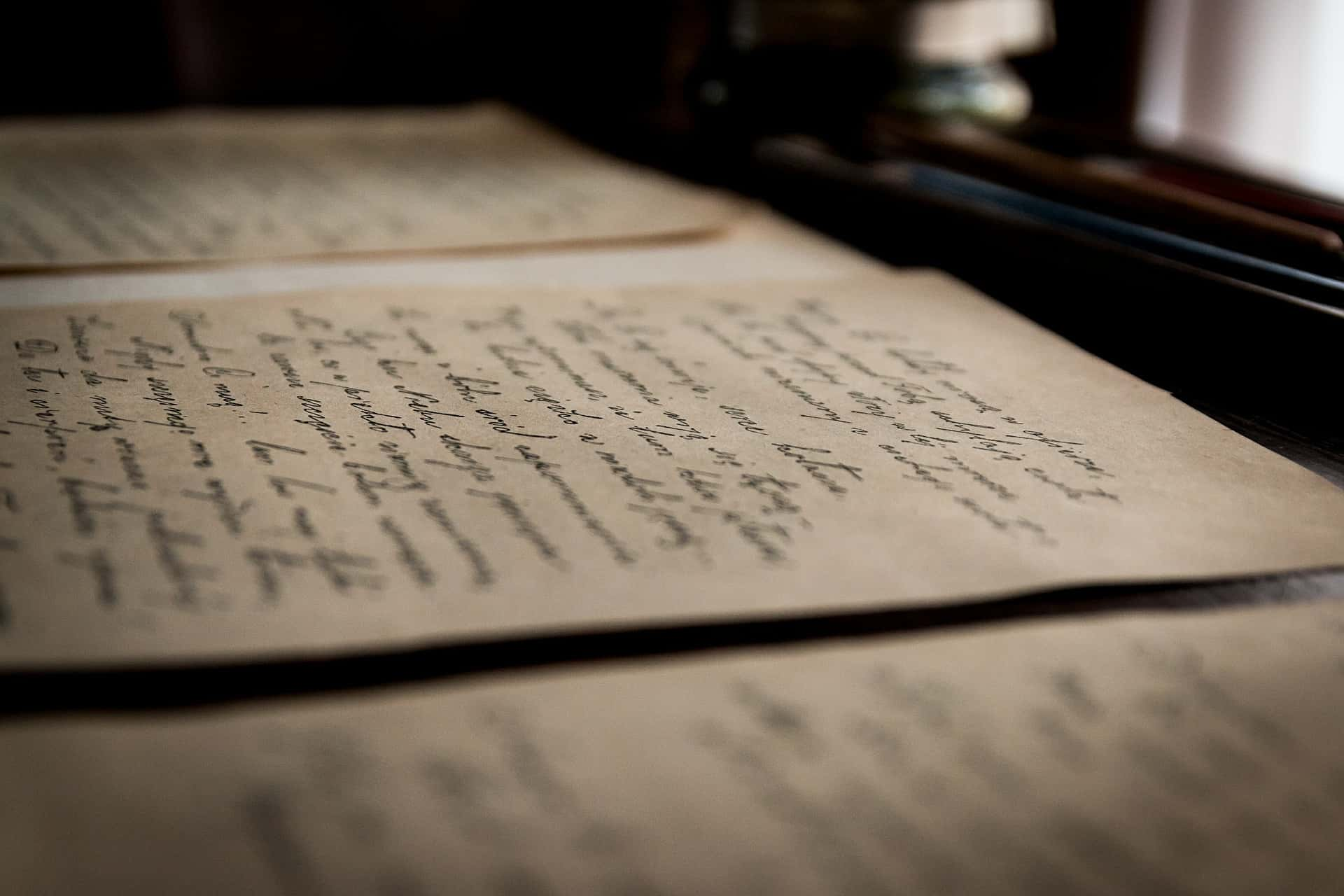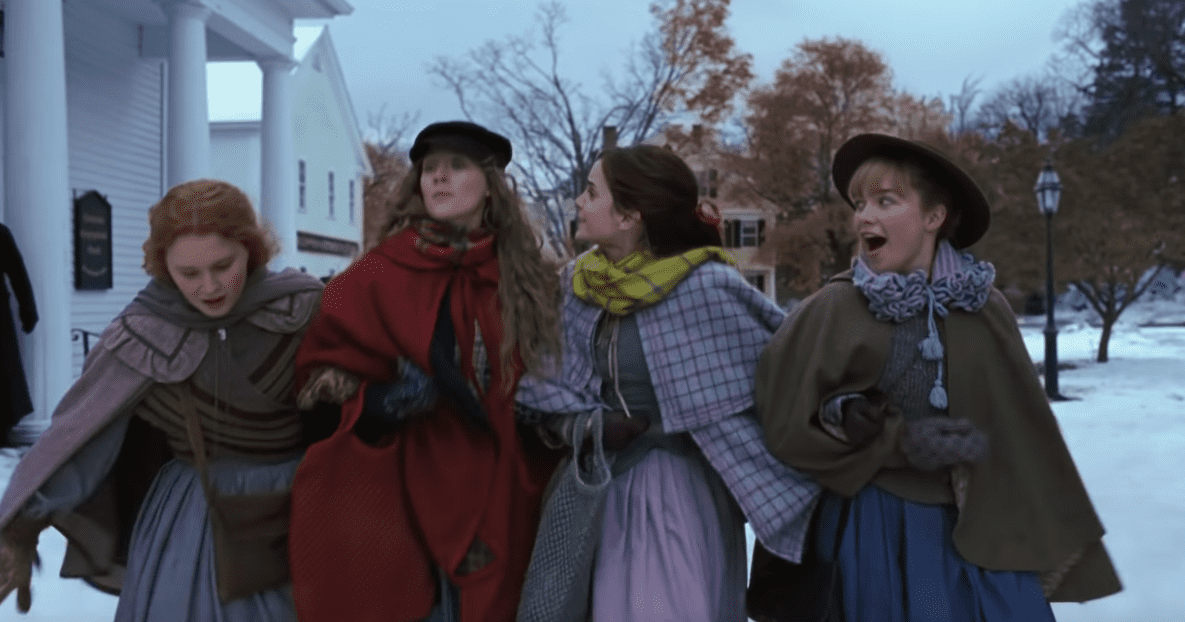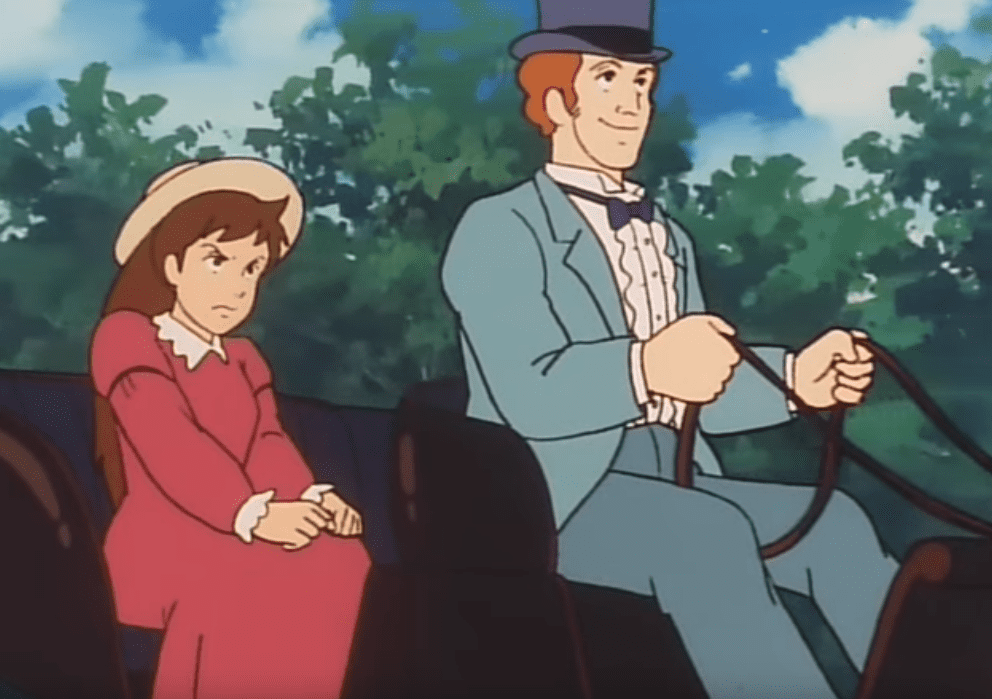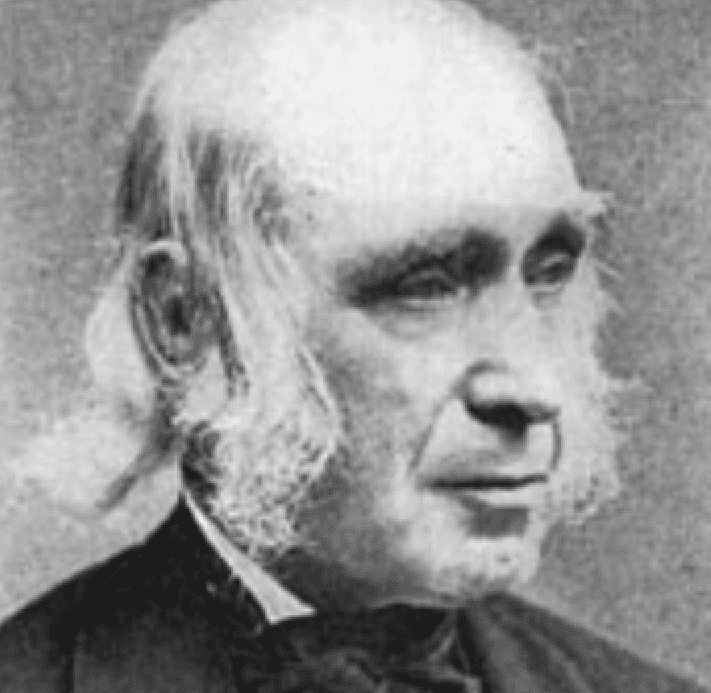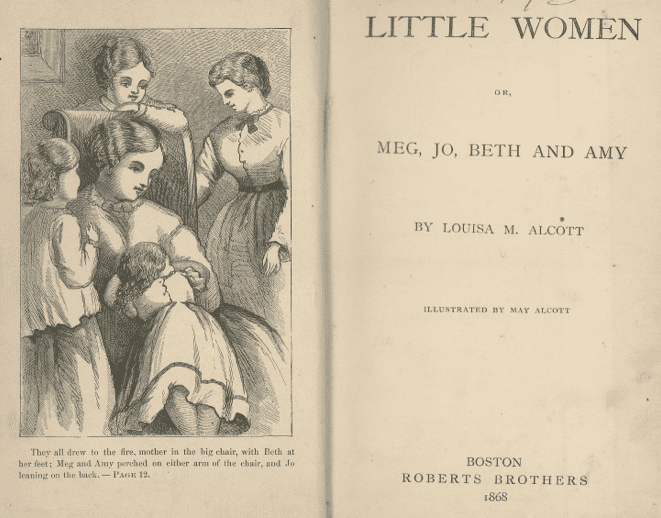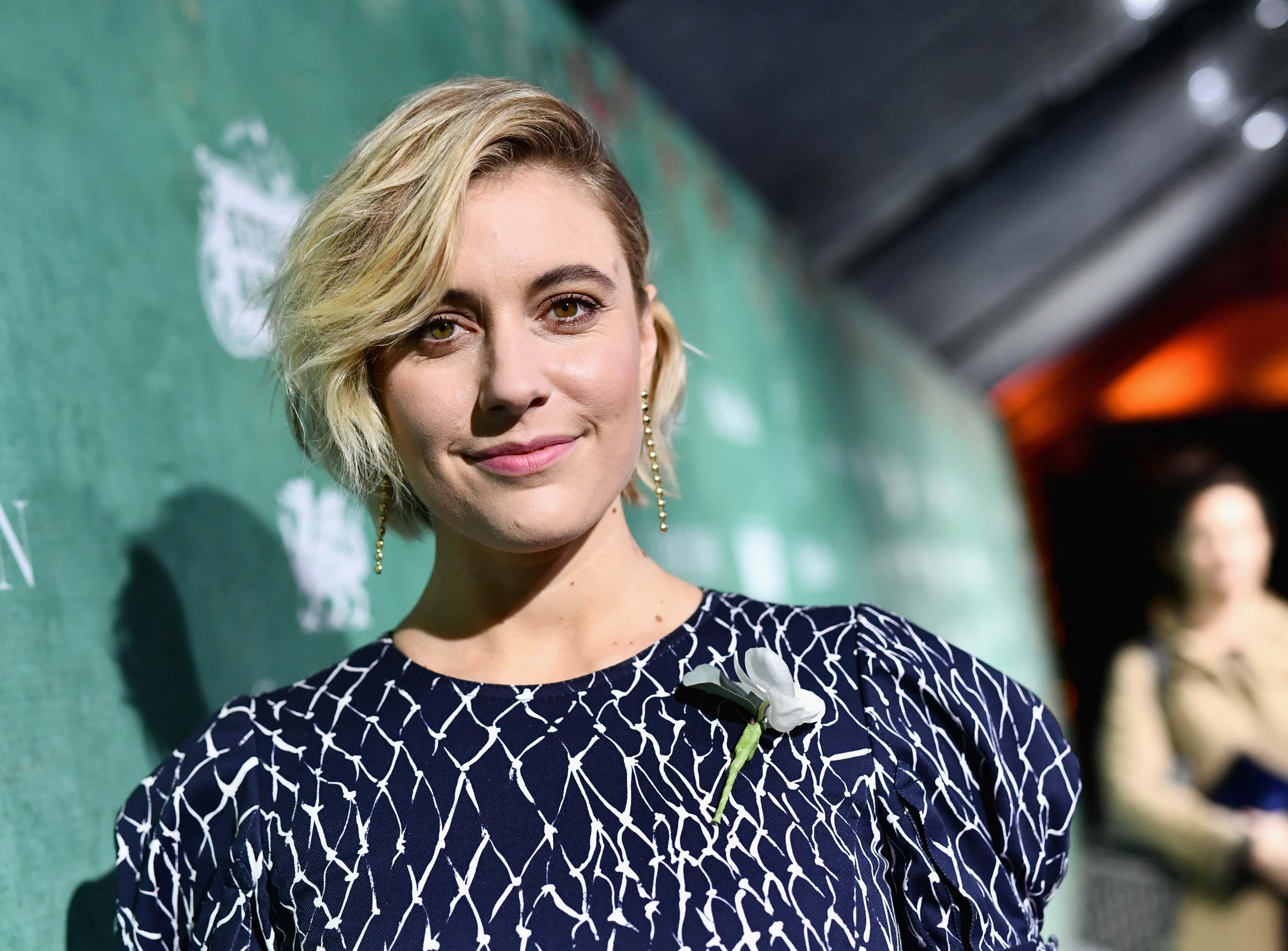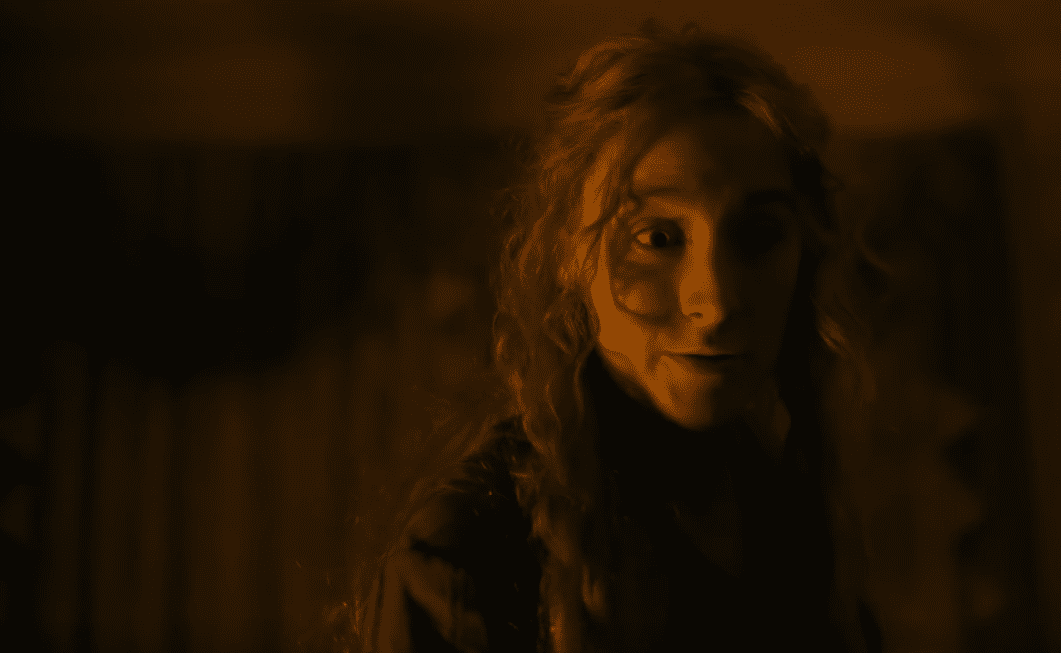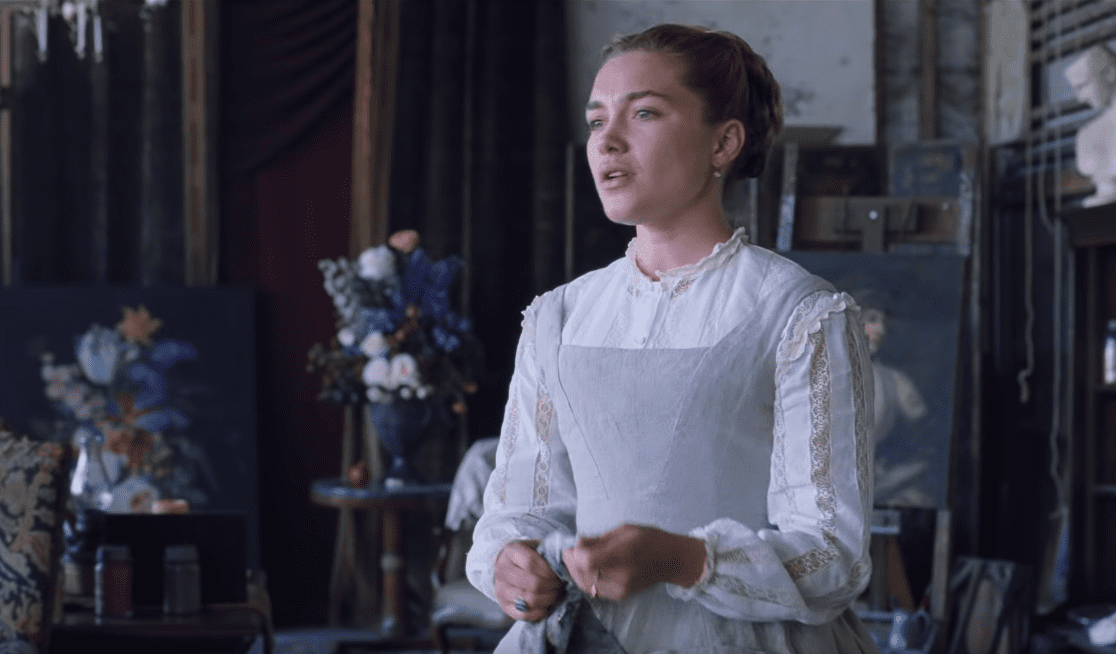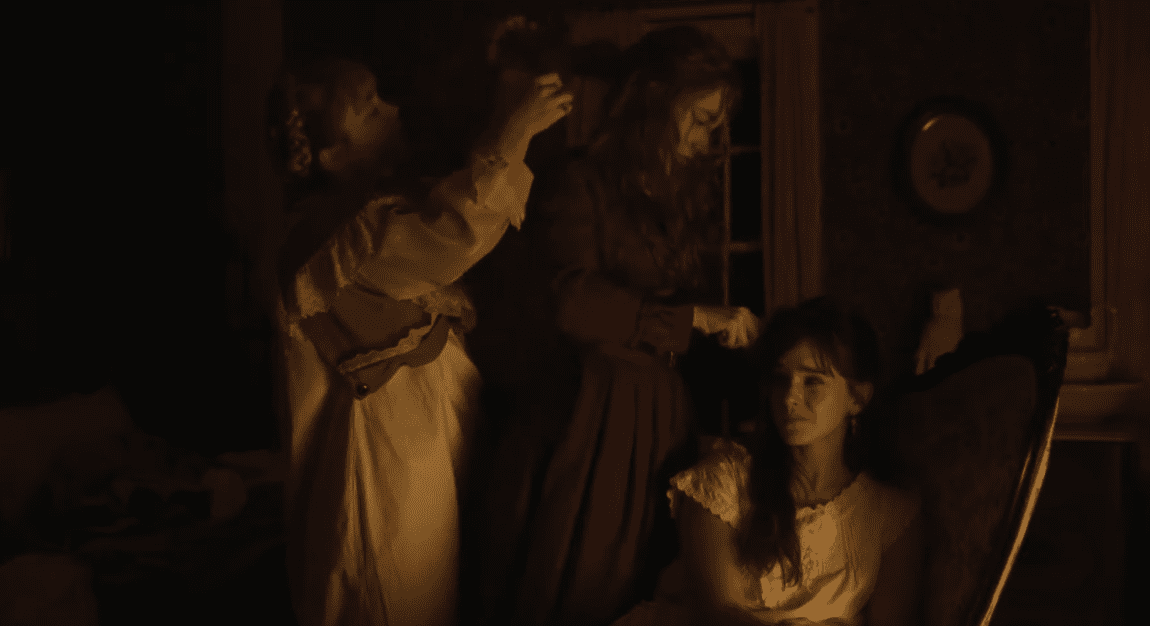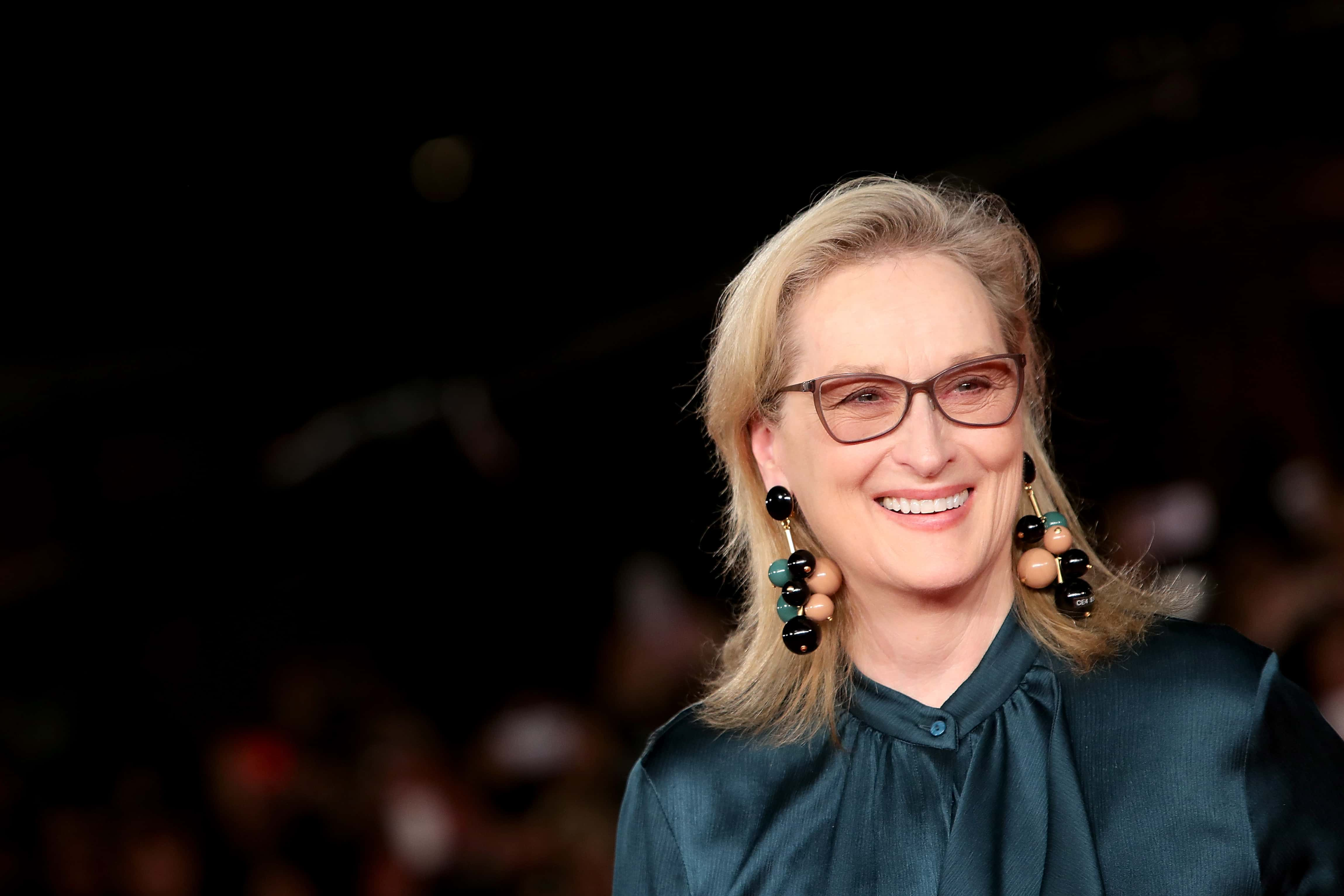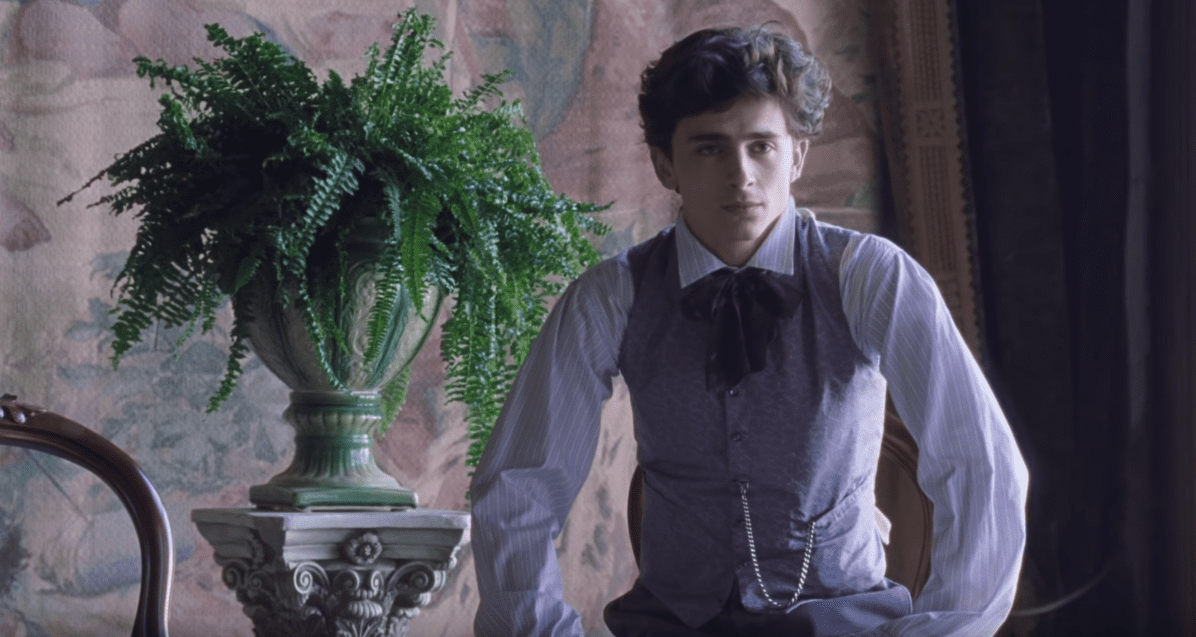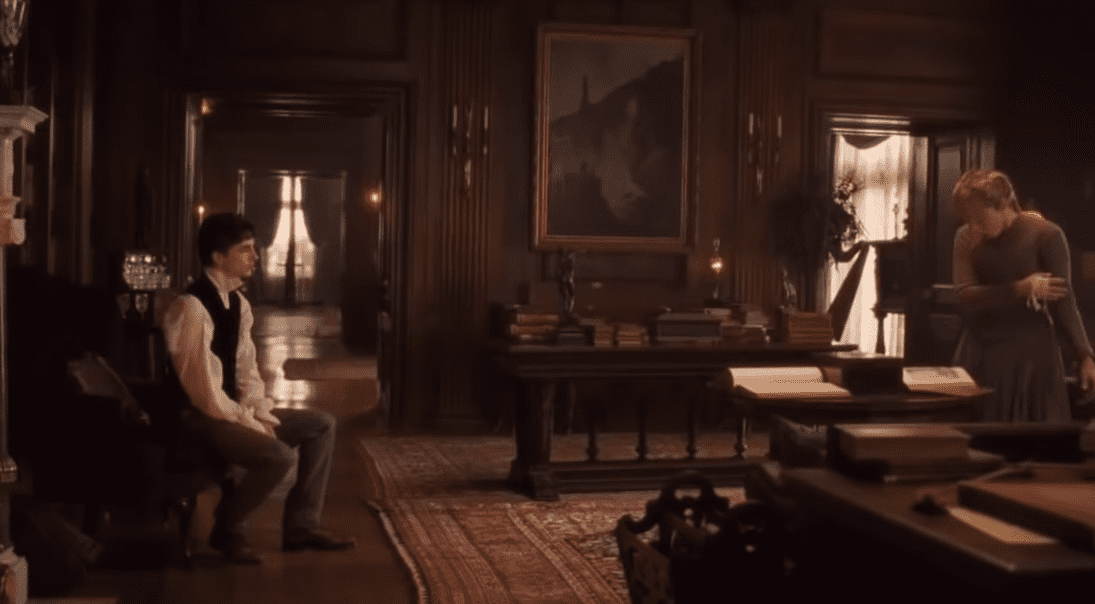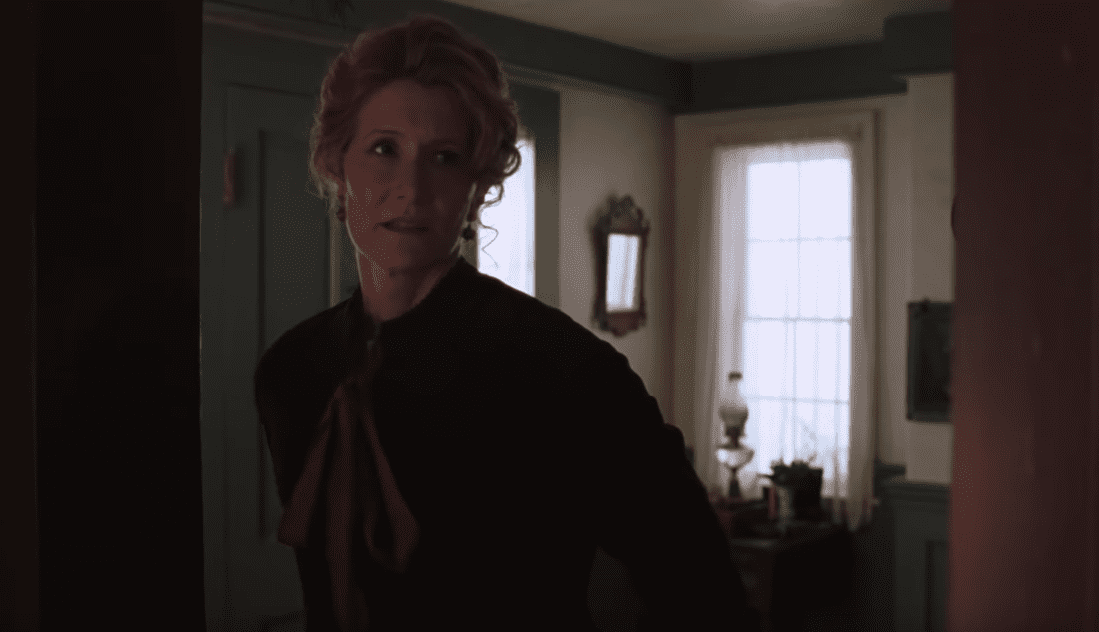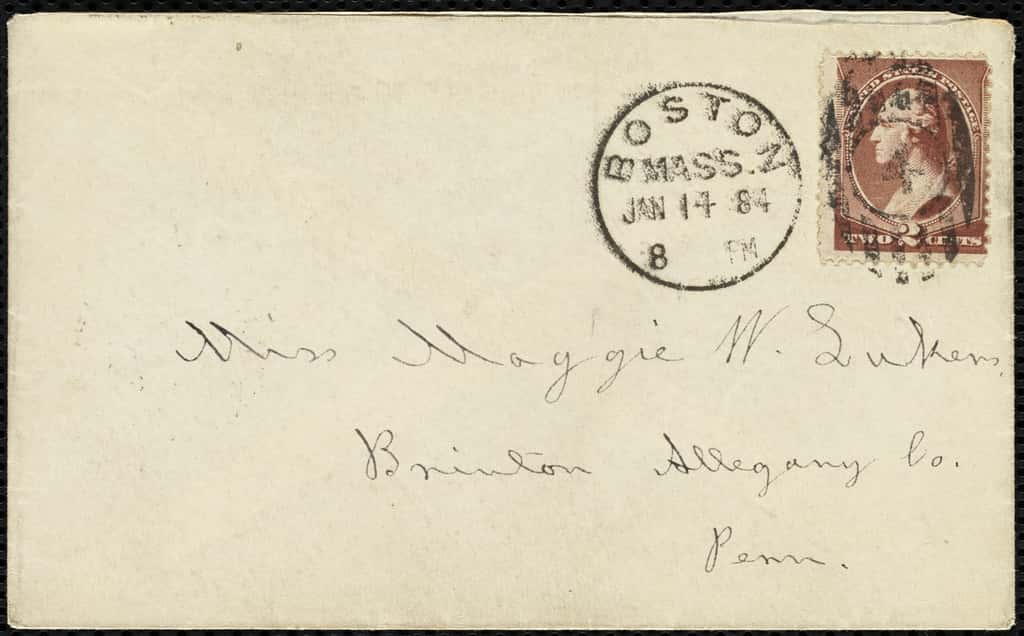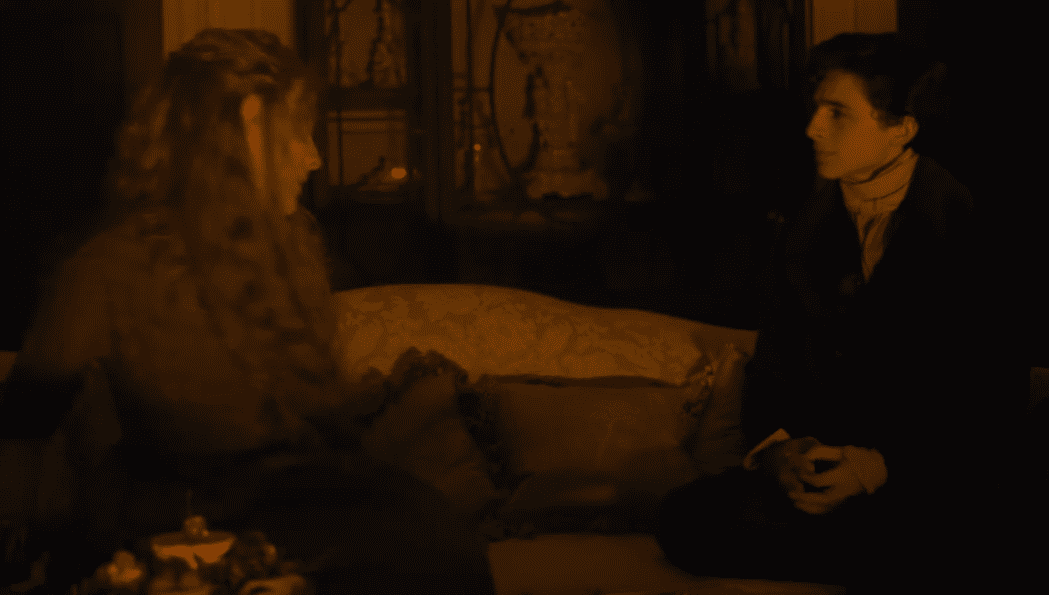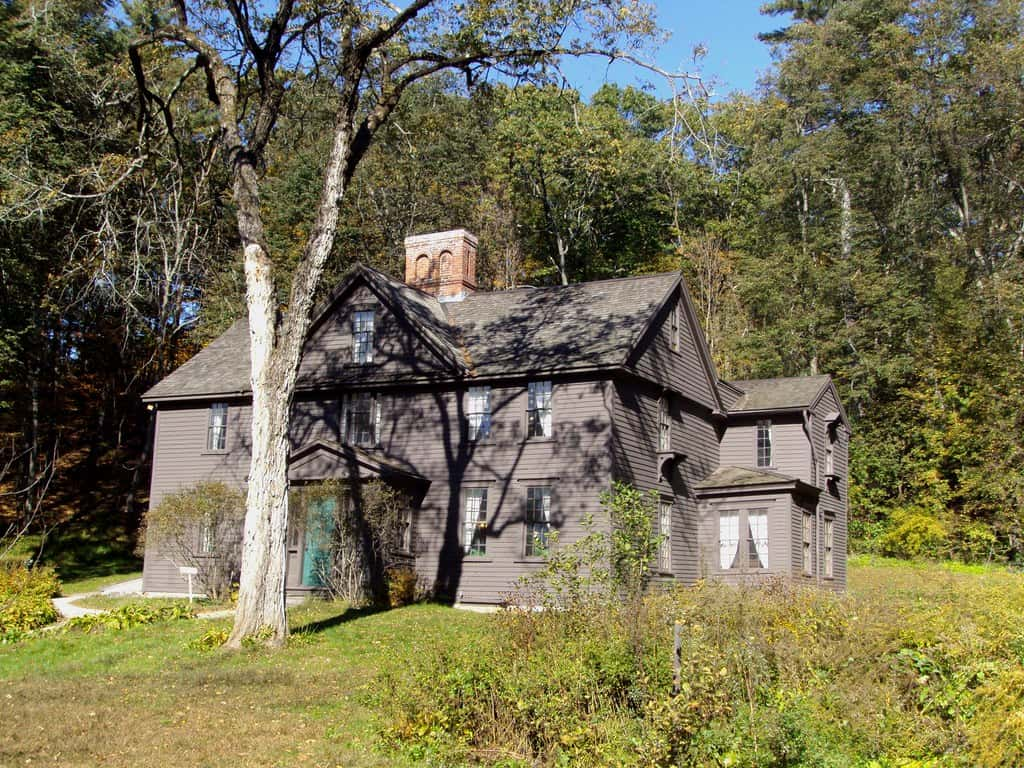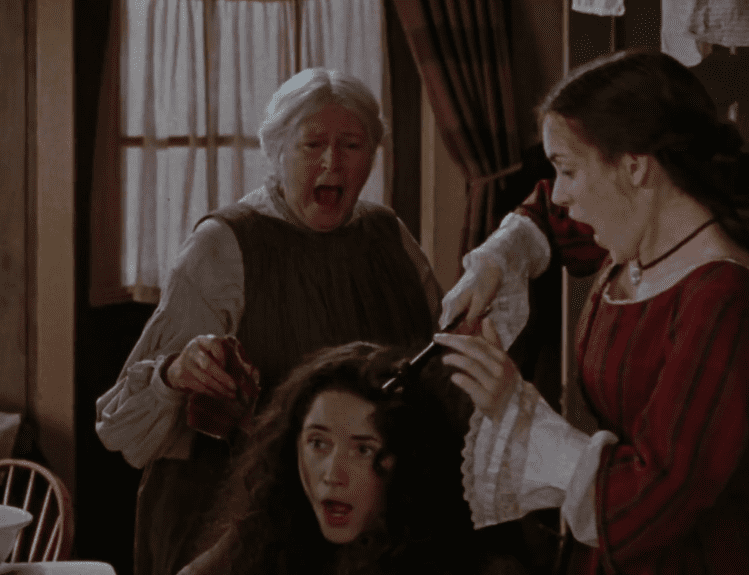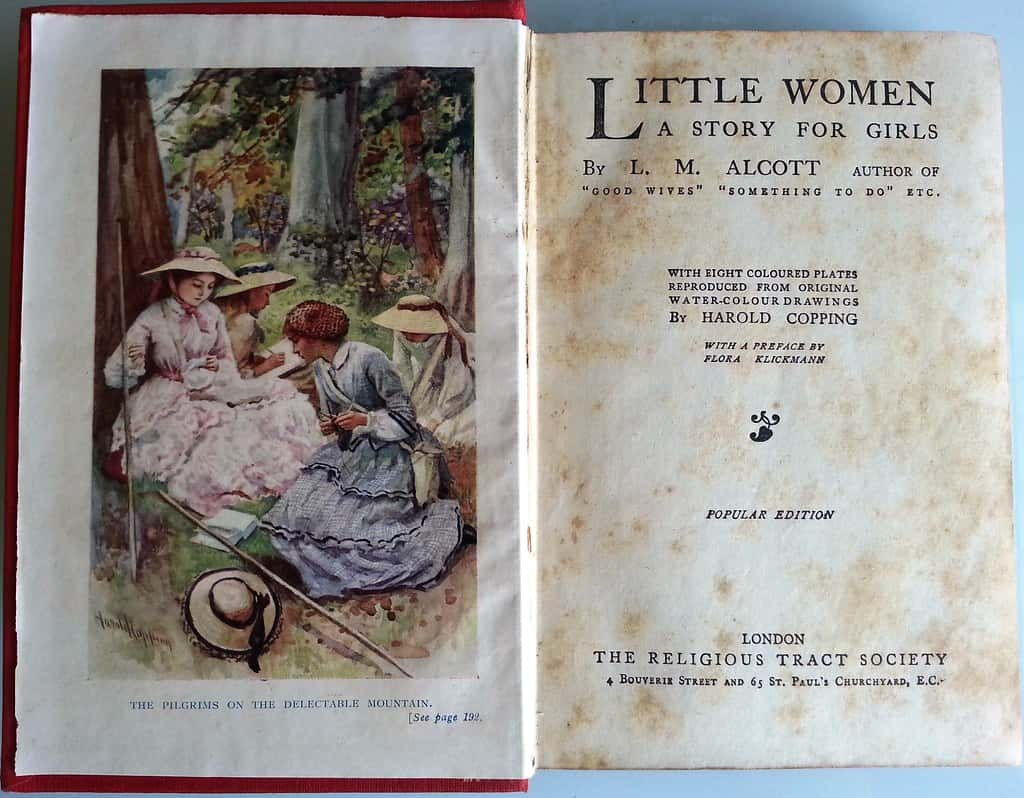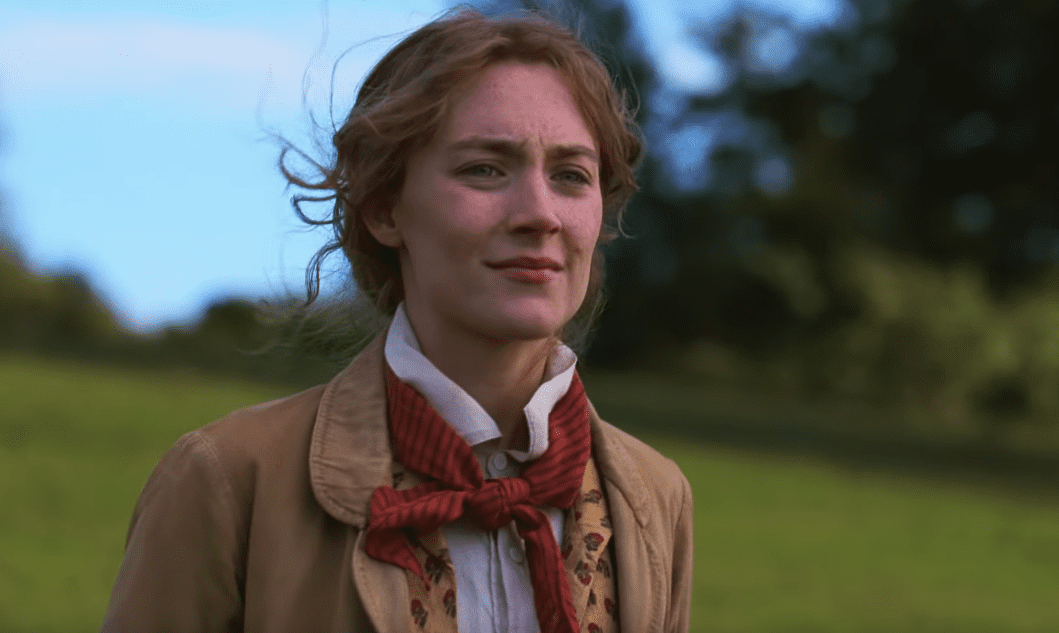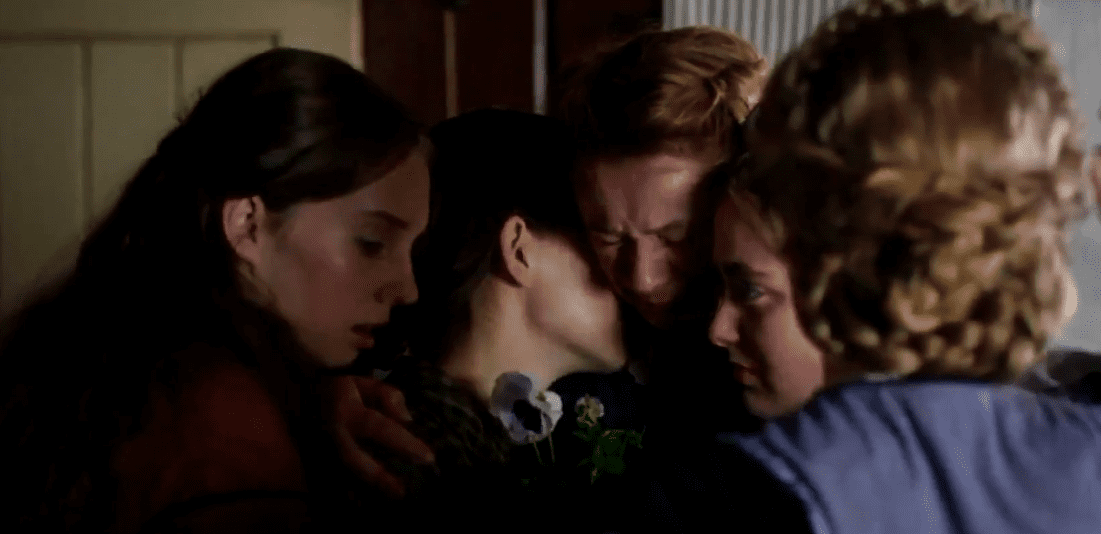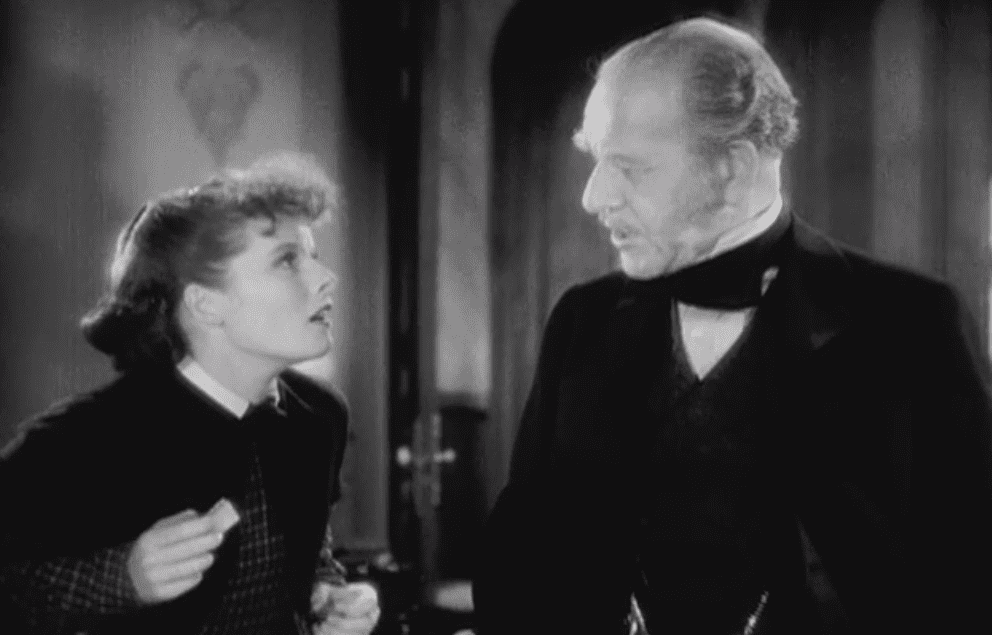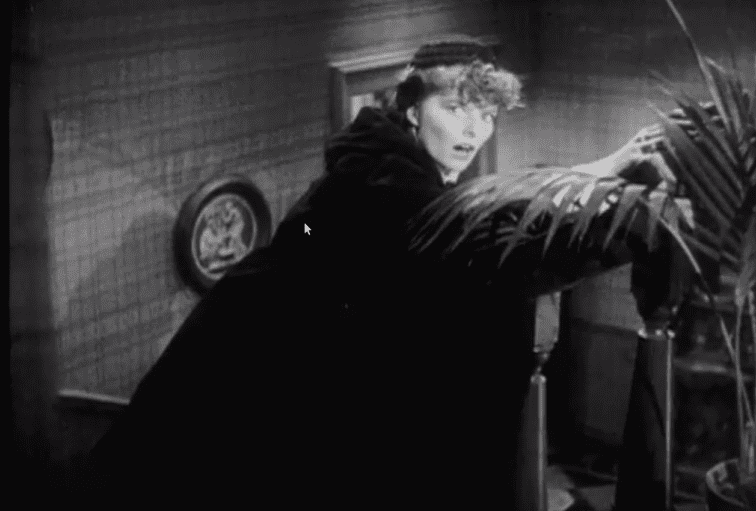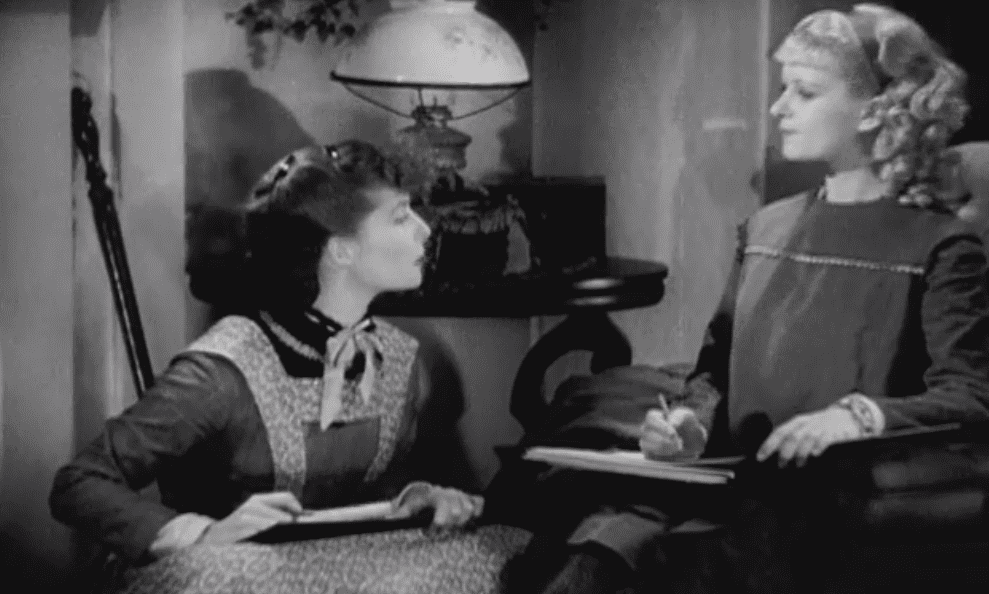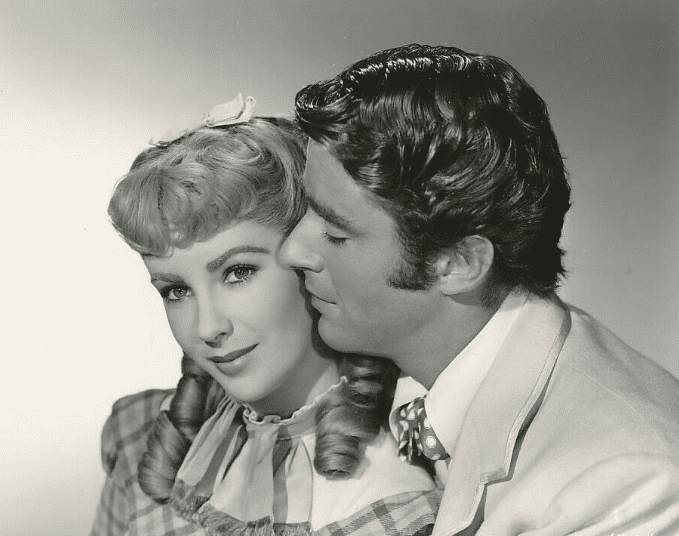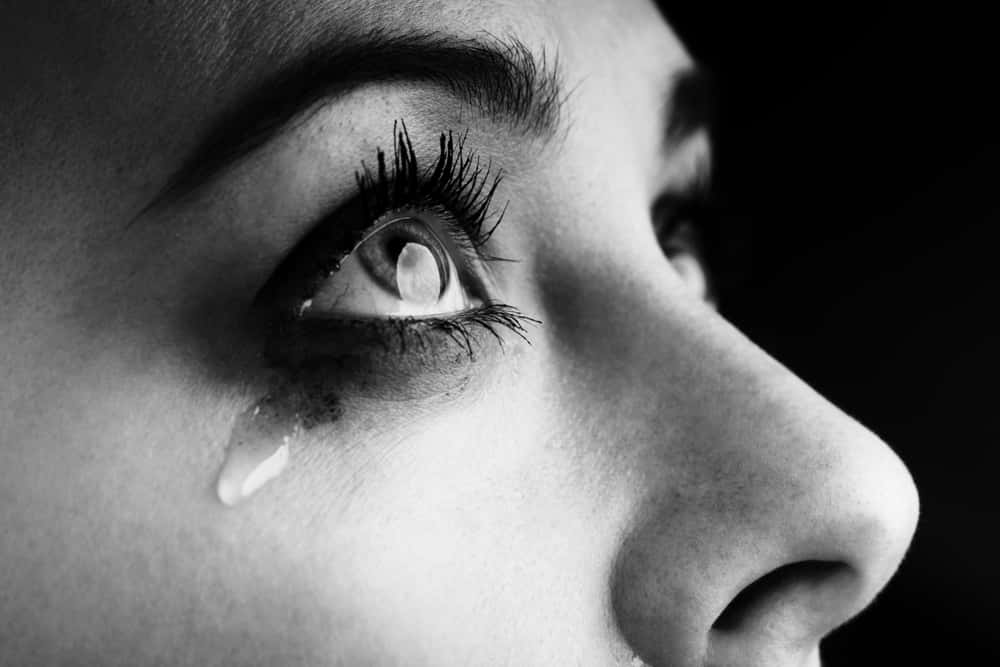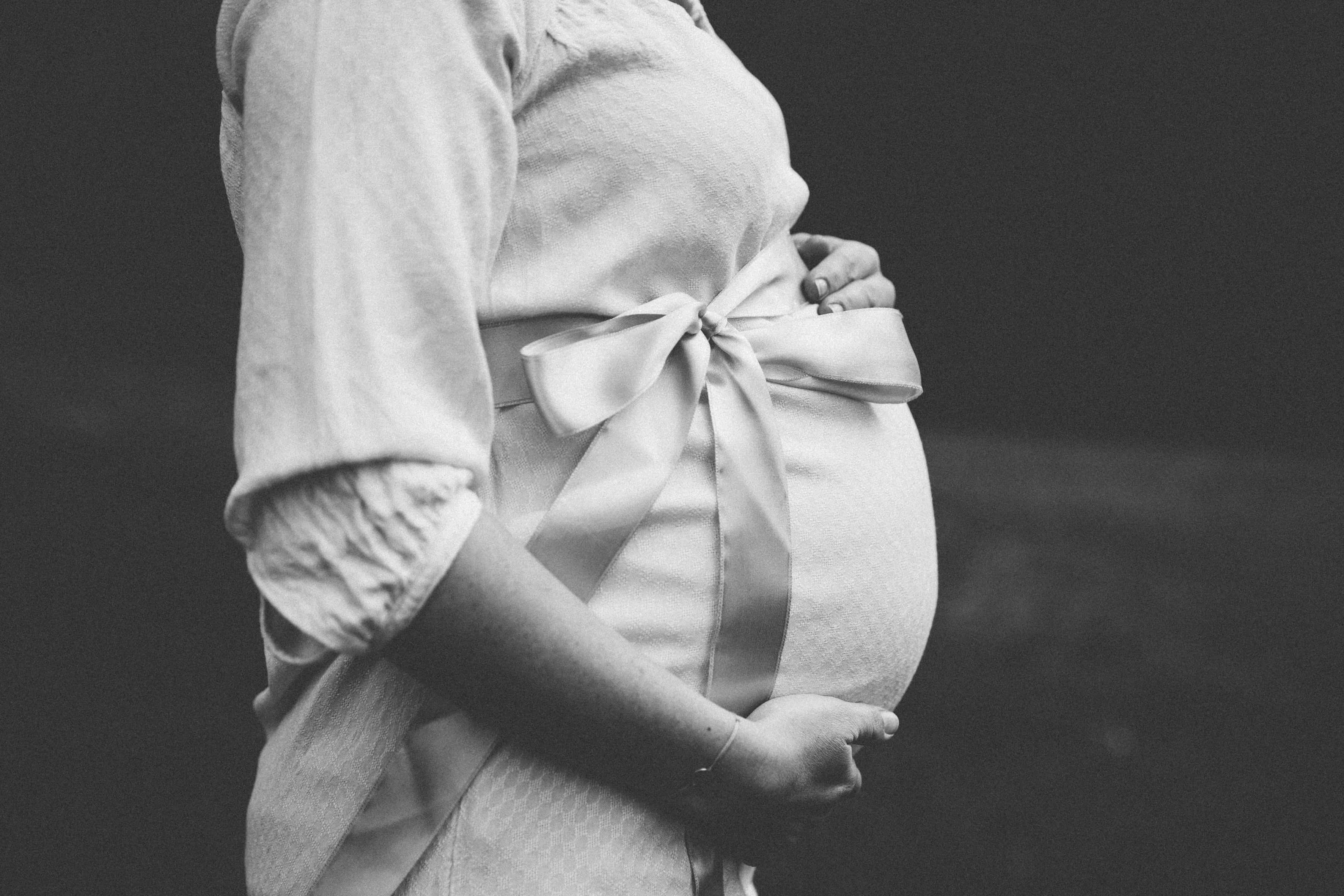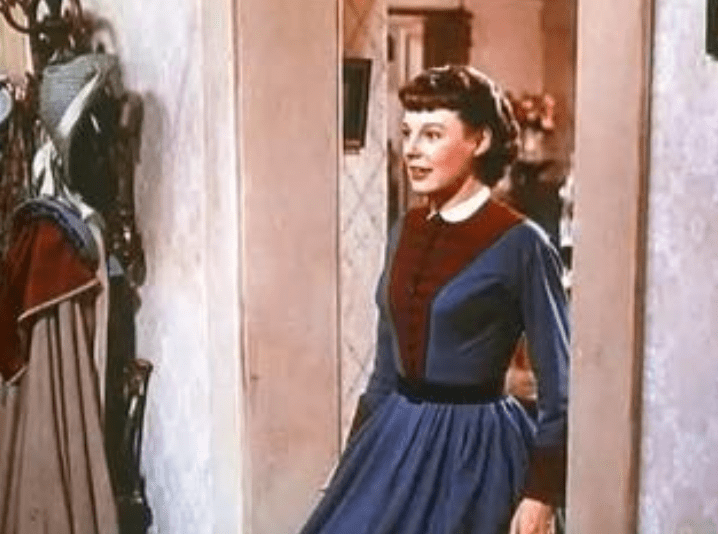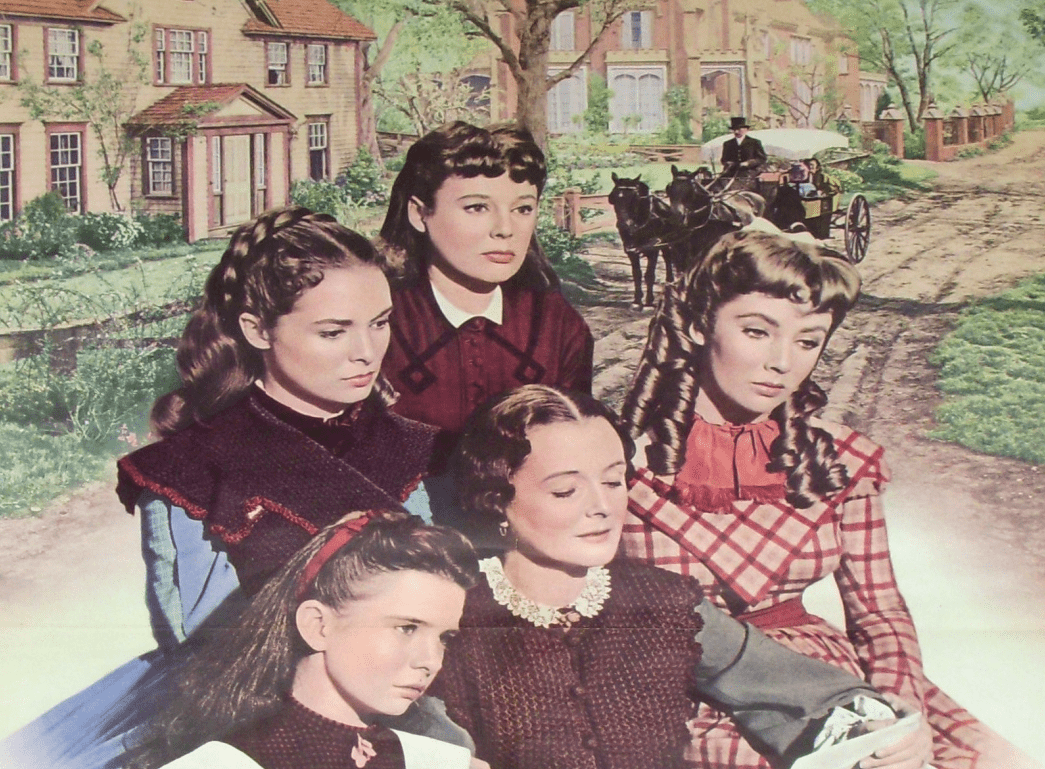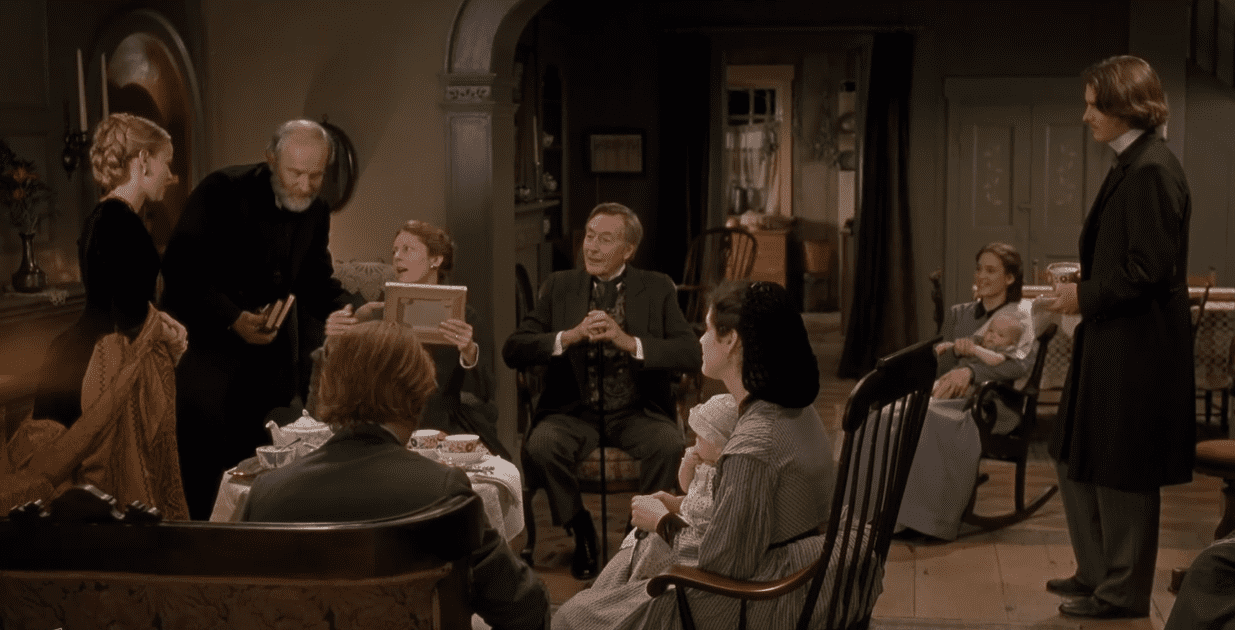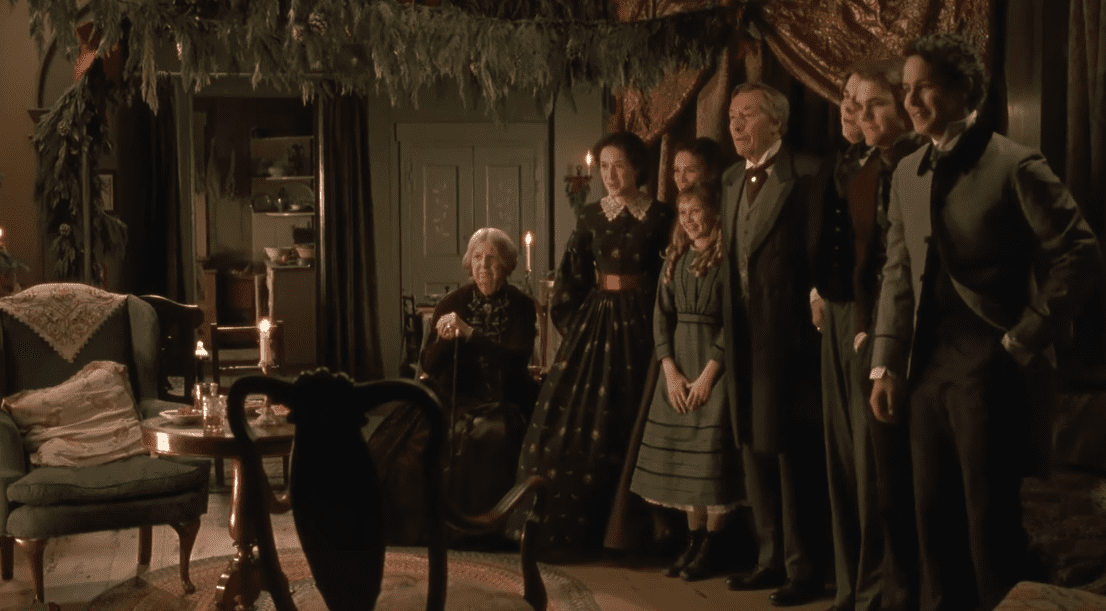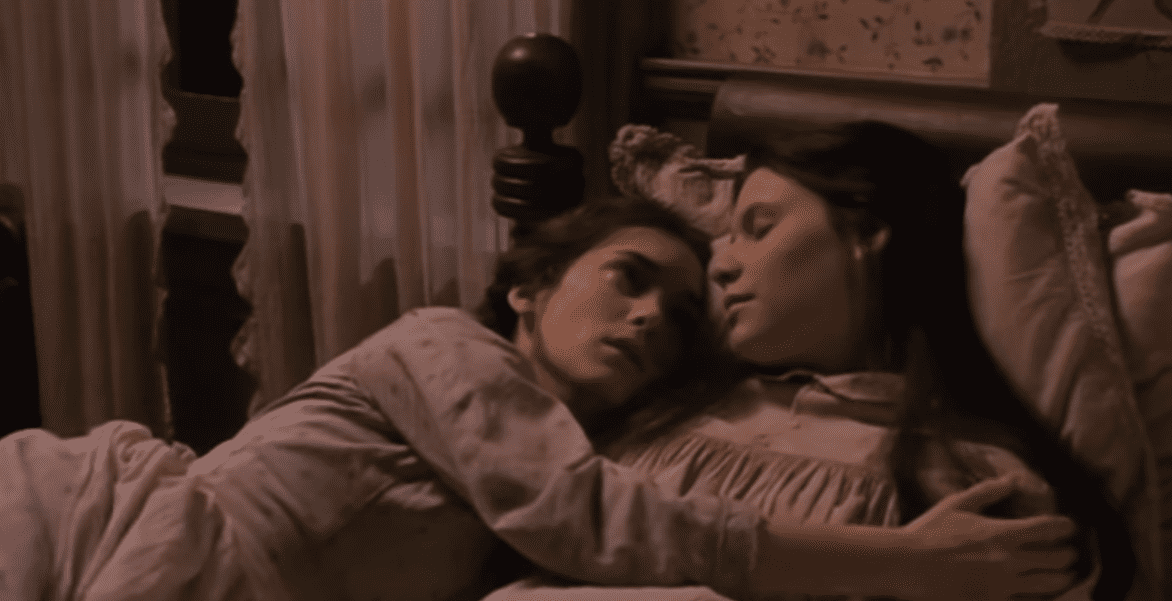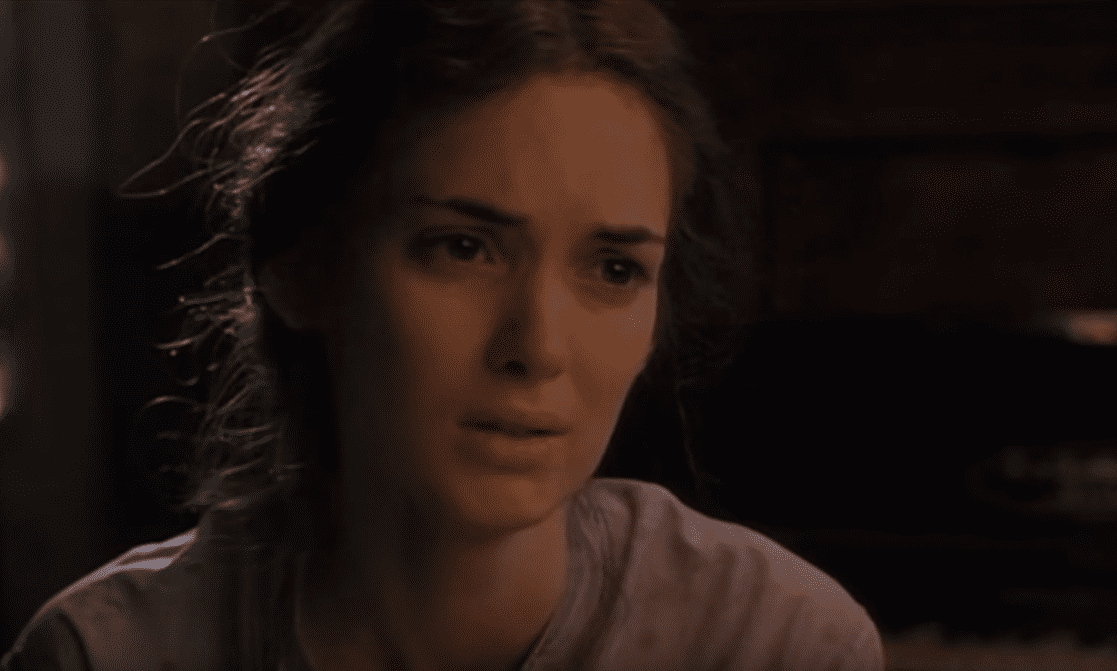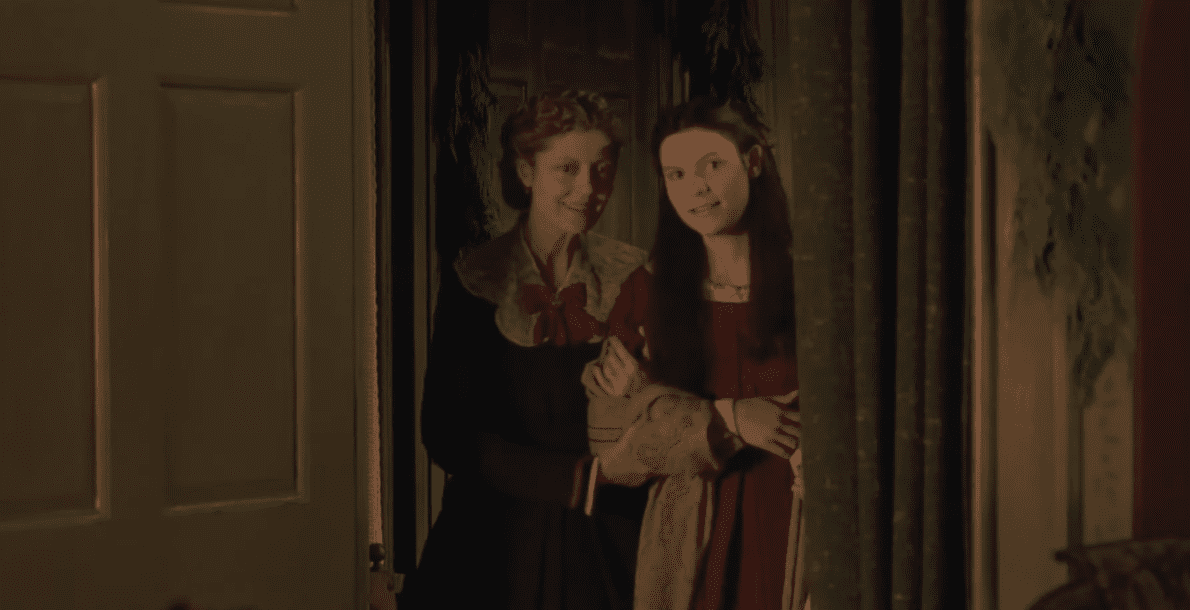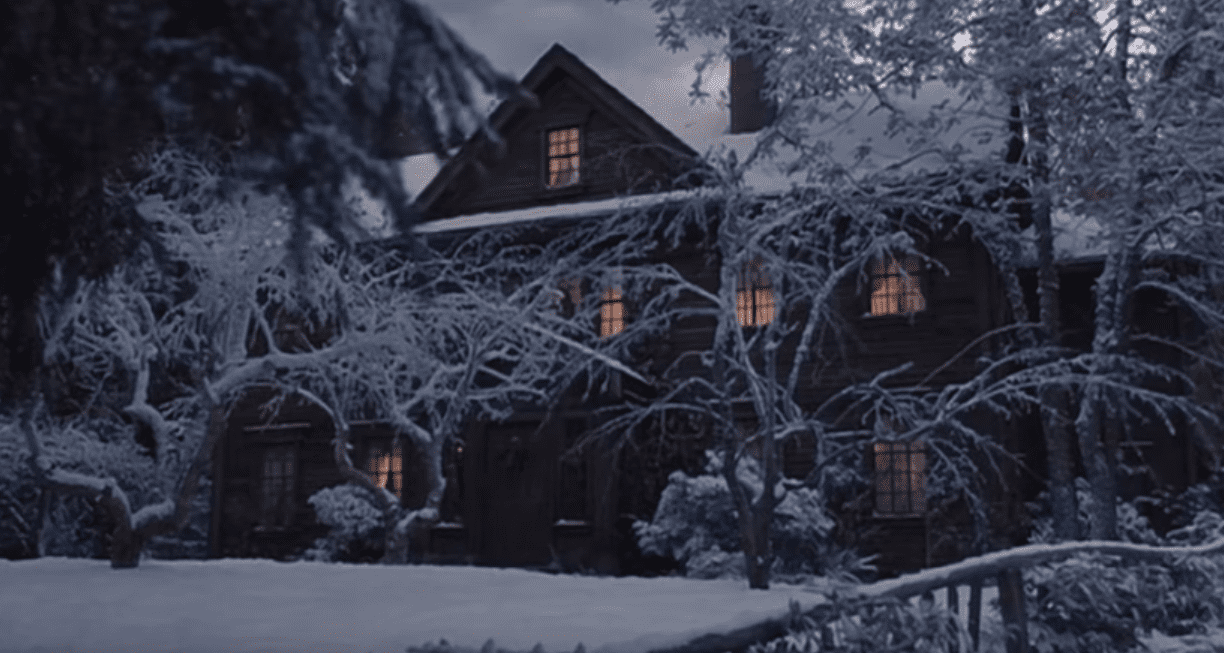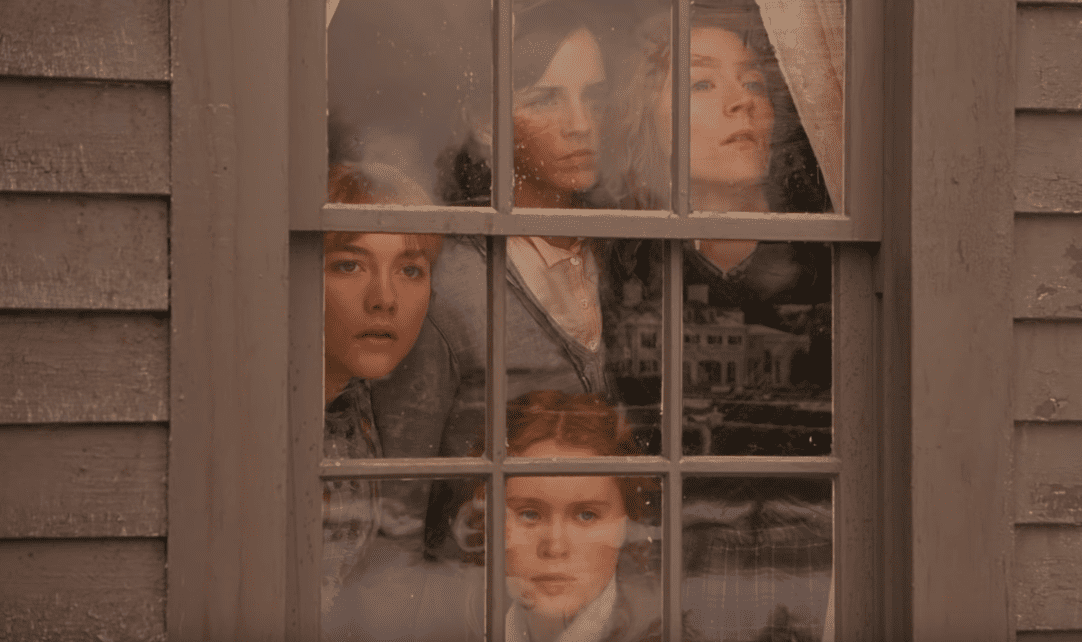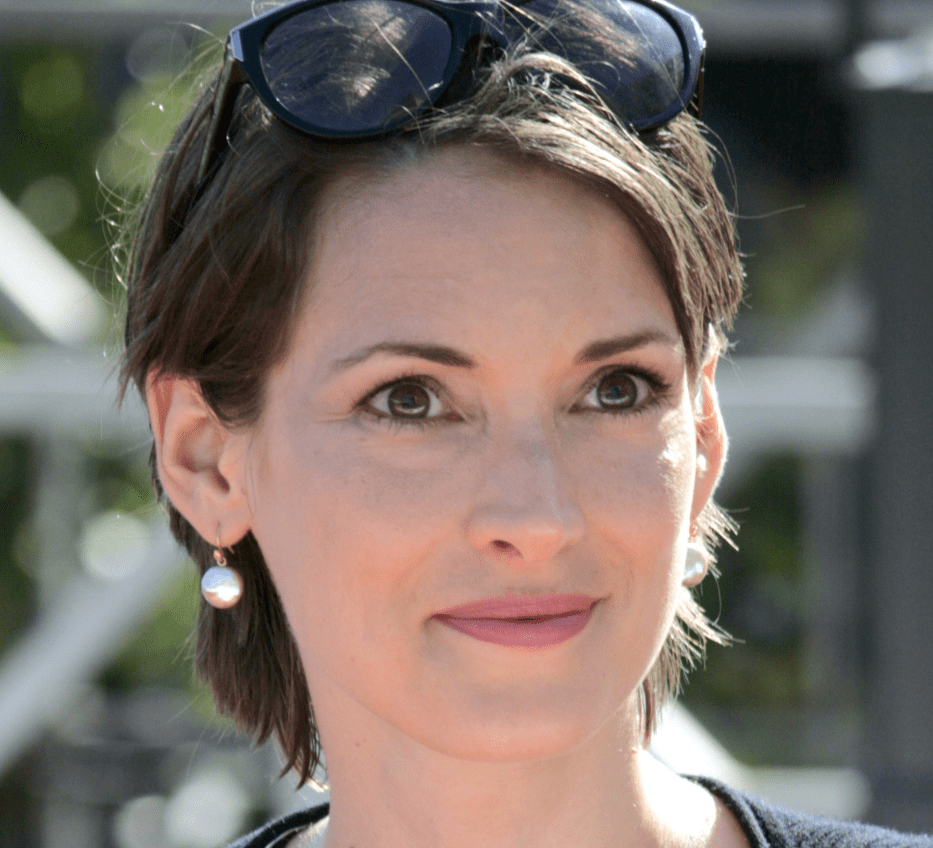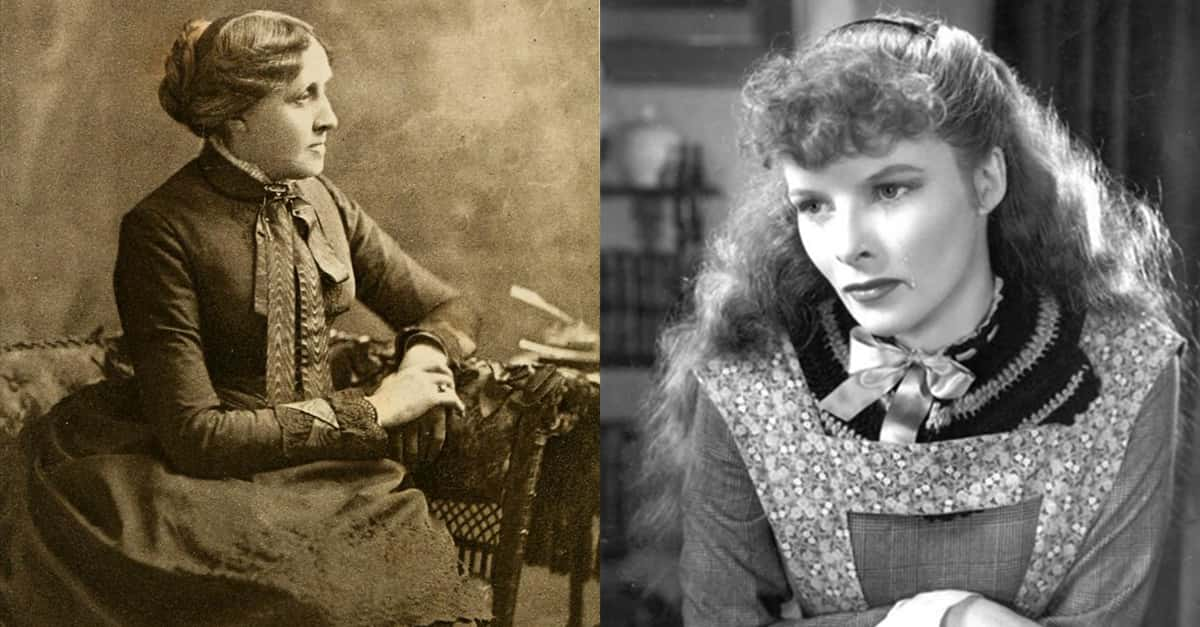Times have changed since Louisa May Alcott wrote Little Women over 150 years ago. However, the predominant themes of family, ambition, women’s rights, and love will always remain fresh and relevant. The latest retelling of the “domestic drama” is out in theaters now and earning rave reviews from critics and audiences alike, proving that Alcott wrote a tale that will remain a classic for all times to come. You might have been a fan of the March sisters and their sorrows and shenanigans, but you may not know a few things about the people they inspired, and where the inspiration for them sprang from. So, let us “play pilgrims” and embark on a journey to learn more about them all.
1. The Reluctant Beginning
Little Women would not have been written if Alcott’s publisher, Thomas Niles, had not insisted that she write a story about girls that would appeal to the masses. Alcott was unwilling to oblige. “I could not write a girl’s story knowing little about any but my own sisters and always preferring boys.” She only agreed to write it after the publisher offered to publish her father’s book once she had written the “girls’ story” he wanted from her.
Quite lucky for the literary world that her dad’s book wasn’t getting published on its own merit. We may never have had Little Women if Niles didn’t have that carrot to dangle.
2. Know Your Audience
Alcott “plodded away” at writing the girls’ story. She sent the first few chapters she had completed to Niles and they both agreed they weren’t anything special. However, Niles’ young niece thought otherwise. The completed manuscript, which she wrote in just ten weeks, was shown to several young girls, and they all loved it.
Case in point that success lies in creating a product your target market will enjoy.
3. Real Life Muses
The characters in Little Women are all directly inspired by Alcott’s own family. Meg is based on her older sister, Anna Bronson Alcott, Beth and Amy are based on her younger sisters, Elizabeth (Lizzie) and Abigail May, and of course, Jo is like the author herself. Mrs. March is based on her mother and she drew inspiration from two of her close friends, Ladislas Wisniewski and Alfred Whitman, for the character of Laurie.
4. A Japanese Jo
The Japanese loved Little Women too! In 1987, a Japanese anime version of the beloved novel was released. It ran for 48 half-hour episodes.
5. Mr. March vs. Mr. Alcott
Amos Bronson Alcott was a poet, thinker, and educationist. However, he was a terrible provider. While Mr. March was a source of inspiration for his daughters and wife, and absent for the most part in the novel, working as a chaplain in the American Civil War, Bronson was always at home. He was reportedly “loud and dictatorial,” while Mr. March was gentle and kind.
Bronson was dismissed from his teaching jobs several times because of his unique methods, and the family had to move around 20 times in a period of 30 years. Unfortunately, all this led to the Alcott family being almost destitute, unlike the Marches who lived in genteel poverty.
6. Two-Part Wonder
Little Women was published as a novel in two parts. The first part came out in 1868, and because of its huge success, Alcott delivered the second volume, titled Good Wives by the publisher just three months later in January 1869. While the books continued to be printed in two volumes in the UK and Canada, most US versions combined the two volumes in one book with two parts and the original title.
The second part follows the stories of the March sisters three years from where the first book ended. And while Alcott wrote two more novels titled Little Men and Jo’s Boys, these were more of a spinoff of the original book, with the main characters being Jo’s own children and the ones who were at her school.
7. On-Screen
There have been several adaptations of Little Women on the big and small screen over the years. While some did extremely well and made the story a favorite of those who hadn’t read the novel, there were some which were not as well-made and were quickly forgotten.
8. A Retelling with a Twist
Greta Gerwig’s latest adaptation of Little Women for the big screen coincided with the book's 150th birthday. Gerwig decided to break from the book’s linear form of storytelling, so instead of starting when the girls are young, the movie begins with an adult Jo meeting with a publisher. The Little Women are later shown as young girls in flashback, and the film continues to alternate between present and past as the story goes forward.
9. A Long Process
Gerwig felt an immediate kinship with the character of Jo March when she read the book the first time. She too wanted to be a writer and was just as ambitious and angry as Jo. She reread the novel a couple of years later and felt the need to make a film on it from her perspective. Fate was on her side because it was around that time that Sony Pictures and Amy Pascal were looking for someone for a remake.
She took matters in her own hands, approaching them to sell herself as the right person for the job. Initially, they hired her to just write the script but after they saw her directorial skills in Lady Bird, they asked her to come on board as director. As Gerwig said, “In some ways, it was probably a five-year process. In other ways, it was a 30-year process.”
Some would say it was written in the stars.

History's most fascinating stories and darkest secrets, delivered to your inbox daily.
10. Casting Call
Saoirse Ronan, the Irish American actor who plays Jo in the latest movie, was just as forthcoming as Gerwig on wanting the role and made a very strong statement to Gerwig about it. “She said, ‘I know you’re going to make ‘Little Women,’ and I would like to play Jo. And I will.’” Gerwig was initially unsure about this casting but then realized that Ronan announcing this decision for herself was a very “Jo-like” thing to do, and that was that.
It certainly feels like something Alcott would have had her Jo do if she had been writing the character now.
11. Feminism FTW
Alcott’s work has been loved for its portrayal of independent, ambitious girls who are not scared to have opinions and are true to their ideals. The time in which she lived was not so sympathetic to such women though, and therefore critics also bmoan the fact that the girls’ spirits are subdued so that they fit into a traditional mold in the second volume: the Good Wives part of the novel.
Gerwig has remained true to the story but has also given her heroine the end that Alcott would have enjoyed. Jo finds love with the Professor, who is her intellectual equal, but also becomes the author she always dreamed of becoming. And Meg, who chooses to become a homemaker, gets to defend her choice as equal to the dream of having a career in an “understatedly feminist scene.”
12. A New Amy
Florence Pugh, who plays Amy in Gerwig’s retelling, found working on the movie “exhilarating.” Amy’s character has traditionally been the one least liked by readers, but Gerwig’s non-linear narrative and Pugh’s standout acting portrays Amy as a heroine who matches Jo in ambition and intelligence. She is headstrong but her character arc shows her maturing from a petulant teenager into a wiser and more level-headed woman.
13. Background Drama
Gerwig put in a lot of work in making the movie, and one thing the audience might enjoy is the fact that there is always something going on in the background of whatever scene is taking place front and center. For example, in a scene where Jo curls Meg’s hair—to disastrous consequences—Amy is in the background doing something on her own. The viewer’s attention is alerted to Amy’s presence when she starts laughing at the results of Jo’s hairdressing.
14. From Hermione to Meg March
While Meg March may not be the main heroine of the book Little Women, Emma Watson, who plays her on-screen, believes that she is every bit as much of a feminist as Jo. “Her way of being a feminist is making the choice…to be a full-time mother and wife.” Watson has been selective of the roles she chooses because she wants her onscreen choices to align with her offscreen ideals.
15. United in Ideals
Watson was also delighted to work on Little Women for another important reason: because she’d be sharing the screen with fellow activist allies Laura Dern (who plays Marmee) and Meryl Streep (who plays Aunt March). “We met in activist spaces, so we had this allyship and solidarity as activists that had been part of a certain movement before we ever worked together.”
Don’t know about you, but I would love to be a fly on the wall on these sets, just to observe all these inspirational women!
16. Onscreen Royalty
Who wouldn’t want Meryl Streep in their film? Her presence elevates any project she is a part of, and Gerwig was extremely lucky that Streep wanted to be a part of Little Women herself. She had always loved the book and was happy to play any part she could. Streep believed the book’s themes of family, women’s rights, poverty, independence, artistic ideals were still relevant today, and was happy to hear that it was being remade.
17. The Streep Scene
Gerwig’s take on Little Women may be a little different from how it was written, but most of the dialogues, story, and scenes do belong to Alcott. There is one scene though, for which Gerwig gives Streep complete credit. Streep asked Gerwig to make sure the audience understood how important marriage had been to women in the Civil War era.
Women did not have a right to vote, they could not have jobs, and they also could not own property or anything else if they were married. Everything, including the children, belonged to the husband. Which was why a good marriage was so imperative. One could leave a bad marriage, but one could only leave it empty-handed. Gerwig took these lines and gave them to Pugh’s Amy to say verbatim to Laurie, played by Timothee Chalamet.
18. The Laurence Boy
Timothee Chalamet actually styled himself for his role as Laurie in the movie. The film’s costume designer, Jacqueline Durran, said that he was one of the “most stylish people” she had ever met. So, instead of creating a look for him, she would give him some different costumes and tell him to put them together as he saw fit.
For her part, Gerwig did encourage Chalamet to research on dandies and flaneurs (fashionable French socialites) and read up on the works of Charles Baudelaire to prepare himself for his role.
19. Fan Favorite
Although Chalamet has been praised for his role in Little Women, there are quite a few who believe that no one can be a better Laurie than Christian Bale, who played the role in 1994. What do you reckon? Team Chalamet or Team Bale?
20. Her-meg-one
Chalamet had a fan moment of his own when he went on the Little Women set. Gerwig had planned an icebreaker in which everyone had a dance class together in a big room. It took him some time to get used to being in the same space as Hermione—who every Harry Potter fan will remember when they see Watson, at least initially.
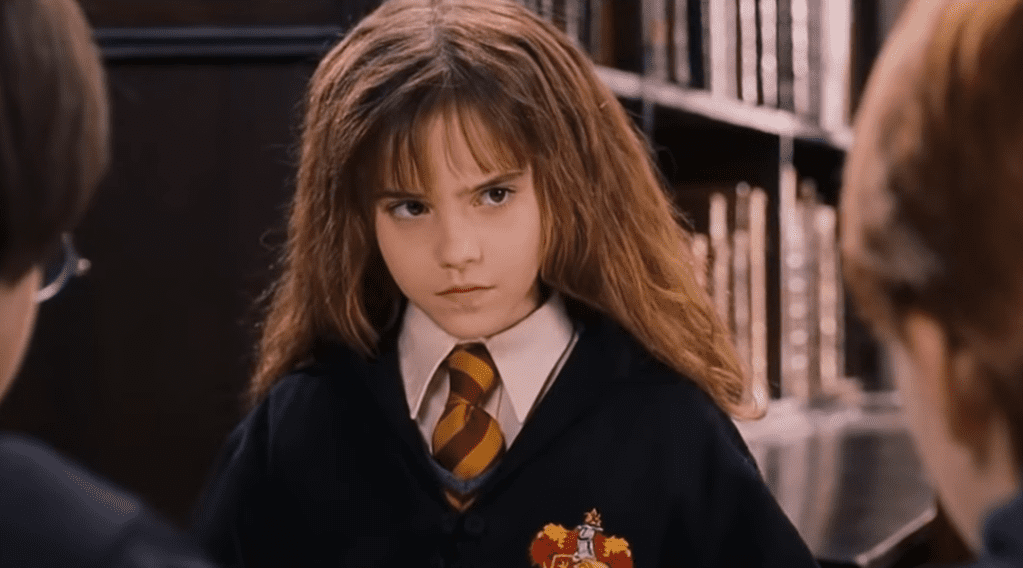 Harry Potter and the Philosopher
Harry Potter and the Philosopher
21. Angry Women
Gerwig wanted to incorporate elements of Alcott’s own story into the narrative of her film. Laura Dern, who plays Marmee in the film, gets to own up to her anger as she does in the book. Dern said she felt lucky she got to have that dialogue, which was an important part of the book, but which hadn’t been used in the previous film versions. She felt it showed Marmee as more of a three-dimensional character.
She always tried to be good and not complain, but she had to conquer her anger every day to be that way. Marmee’s character was based on Alcott’s mother, Abigail (or Abba) Alcott. If Abba hadn’t been an angry person, she might not have achieved as much as she did.
22. The Real Marmee
Gerwig asked her cast to read Marmee and Me, a book of letters Alcott and Abigail had written to each other. Dern found the letters gave a real insight into the character she would play, who was based on Alcott’s own mother. She was a strong, thinking woman, and not just a one-dimensional do-gooder. Abigail was an abolitionist, a suffragist, a feminist, who did what she could for others.
She also became one of the first paid social workers in the state of Massachusetts.
23. A Matter of Pronunciation
The role of German professor, Friedrich Bhaer, was played by Louis Garrel, who is French. His nationality is not mentioned in the movie, however, and although most of the characters pronounced his first name in the German style, Garrel himself pronounces it in the French way. Tomato, tom-ah-to, wouldn’t you agree?
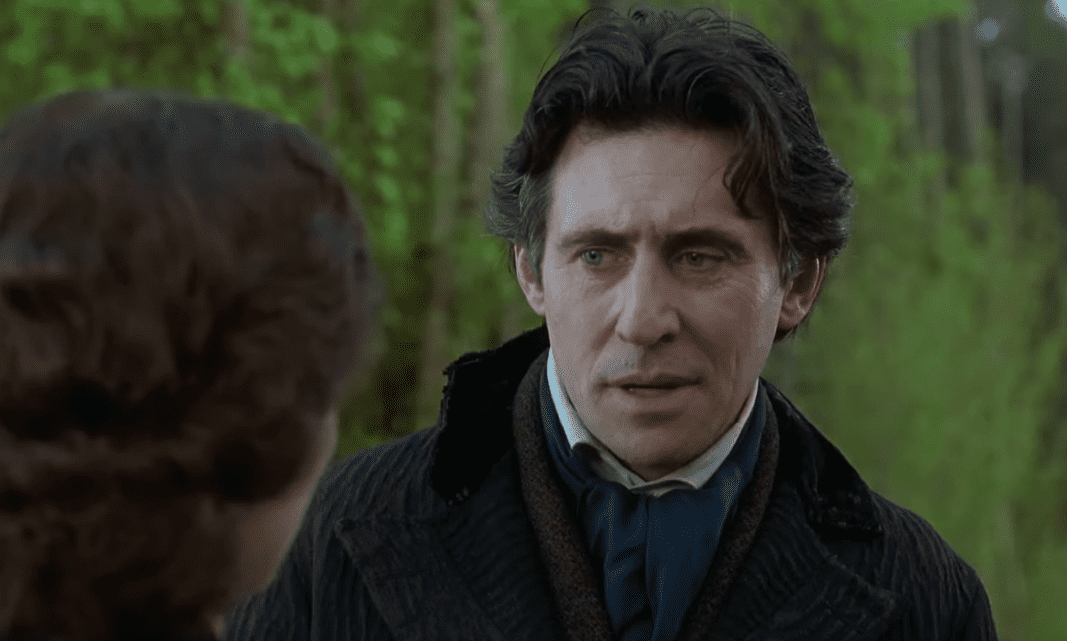 Little Women,Sony Pictures Professor Bhaer in the 1994 version of Little Women.
Little Women,Sony Pictures Professor Bhaer in the 1994 version of Little Women.
24. Love Story
In another small departure from the book, in the film, Bhaer visits Jo because he is in love with her—not because he has found a publisher for her manuscript. The publisher is convinced to publish her book by his daughters, who read it and love it. Gerwig thought this change was apt because Jo’s real love was for her work, and the romance with Bhaer felt slightly like an afterthought.
25. The Gloves Are Off
Before a fight scene was to be filmed between Pugh and Ronan, the former gave the latter her permission to slap her hard so the audience would know it was real and not just an act.
26. First Student
Alcott’s house served as a site on the Underground Railroad, and her parents were its stationmasters. There is a story that Alcott was a young girl of seven when she discovered a former slave hiding in an unused oven in their kitchen. After she overcame her initial fright, she taught him how to write his letters.
27. No Job’s Too Small
Alcott was determined to do whatever it took to get her family out of poverty. She worked several jobs as a paid companion, a governess, a seamstress, a laundress, and even a servant. She experienced firsthand how difficult it was to do such menial work and this empathy helped her to write Hannah, the March’s domestic help, sympathetically and as a three-dimensional character.
28. Passion Project
It eventually was through her pen that Alcott was able to change her family’s fortunes. She started by writing romances for local newspapers and quickly graduated to writing sensational stories under a pseudonym. She found writing such “potboilers” quite therapeutic, as she would escape the troubles of the real world through her imagination.
She paused for a while to serve as a nurse when the Civil War broke out, but she contracted pneumonia and typhoid while on the field while caring for wounded soldiers. When she was sent home, she adapted the letters she had sent home from the field and published Hospital Sketches, which became quite popular and earned her some good money. This encouraged her to continue writing.
29. The Influence
Little Women became a huge success because so many women and young girls could relate to it. it helped young girls feel that they had a right to dream and have ambitions. It questioned why marriage had to be the ultimate goal for women, and why unmarried women were kept on the fringes of society. It also encouraged many women writers to follow their dreams, like Jo and Alcott herself.
I’m sure Alcott wouldn’t have been reluctant to write her “girl’s story” if she had known its effects would be so timeless and far-reaching.
30. The Silent Adaptations
The first time Little Women made its way on screen was in 1917. This was a silent film, which is considered lost. Another silent film based on the novel came out in 1918. This starred Dorothy Bernard as Jo and was set in and around Orchard House, Alcott’s real home, which was her inspiration for the March home in Concord, Massachusetts.
31. Lost
The classic story of the four March sisters was adapted for the small screen several times. In fact, it was made three times between 1939 and 1949, but all are considered lost now. There were two versions that came out in 1950, and one was aired on the BBC, but there were no recordings—therefore, it too is considered lost.
The other was a two-part adaptation titled Meg’s Story and Jo’s Story. The series received mostly negative reviews, as it focused only on the romance of the older two March sisters, who were portrayed (admirably) by Mary Sinclair and Nancy Marchand. This version of the series is available on Amazon under the incorrect title of the restored 1918 film.
32. The Misguided Versions
Not sure why two versions of the same novel kept being released in the same year, but in 1958 there were two more television adaptations of Alcott’s best-known work. The six-episode miniseries on BBC starred Phyllis Calvert and Kate Cameron. Unfortunately, little is known about it apart from the fact that it still exists.
The other 1958 version was a musical on CBS-TV with Florence Henderson from The Brady Bunch playing Meg, Jeannie Carson playing Jo, and Margaret O’Brien playing Beth. This adaptation was panned by critics and audience alike for squeezing the story to just one-hour of television and for its huge departures from the book—like neglecting Beth’s fate.
Sadly, another adaptation that came out in 1970 on the BBC was similarly criticized for both being low budget and dull, and because the actors were too old to play the young March girls. Susan Dey played Jo and Meredith Baxter was Meg. The series did win two Emmys however, for Art Direction and Cinematography.
33. The Latest TV Series
The most recent version of Little Women to air on TV was in the UK in 2017 and in the US in 2018. This was a three-part series made by BBC starring Emily Watson as Marmee March and Maya Hawke as Jo. The series received mixed reviews, with some loving it for staying faithful to the original story, and others disliking it for casting choices.
This, of course, is not counting the 2018 US-made version, which was a modern re-telling of the story. All we've gotta say is: yikes.
34. The Controversial Ending
Remember how Alcott hadn’t really wanted to write Little Women? Well, she wasn’t keen on giving Jo the ending people were hoping for either. Alcott wanted Jo to end up as a “literary spinster,” like herself. She knew that would be too much of a break from tradition for her readers though, who were hoping to see their beloved heroine end up with Laurie.
But Alcott also didn’t want that. So, she compromised and “out of perversity, went and made a funny match for her.” Not content with Jo marrying someone else, she also decided to pair Laurie with the least-loved of the March sisters—leading to a lot of agitated readers.
35. Still Hoping
People still aren’t happy with the ending of Little Women. In fact, when the BBC series of 2017/2018 aired, there were many who hoped it didn’t stay too true to the novel and gave the sisters the ending they deserved. That it let Jo end up as a writer who did marry Laurie and maybe even allowed Beth to live. Unfortunately, much like life, books don’t always end as we’d like them to.
36. The First Film
The first big-screen adaptation of Little Women, after the two silent films, was made in 1933. Katharine Hepburn played Jo and the film was extremely well-received. This was the time of the Great Depression in America, and the audience was happy to watch a film reminding them of simpler and happier times. In fact, the commercial success of the film came as a bit of a surprise to the studio, which had originally been reluctant to produce the film.
They felt the audience would not like to watch a women-centric film based on a historical novel. Thankfully the audience was more clever than the studio gave them credit for.
37. Hepburn Knows
One of the reasons the 1933 film did so well was because of Hepburn’s feisty portrayal of Alcott’s most beloved heroine. Hepburn herself declared that it had been “heaven” to do the film. She praised the director, George Cukor, claiming he had really “caught the atmosphere” and was able to translate it terrifically on screen.
38. Costume Control
Hepburn wanted to make sure her costume was historically correct. She had a tintype photograph of her maternal grandmother and asked the designer, Walter Plunkett, to copy the dress design from there. Great way to pay tribute to her grandmother as well, if you ask me.
39. Costume Change
Plunkett was also tasked with changing and redesigning the costumes of Joan Bennett, who played Amy, but the reason was stranger than what you might imagine. Bennett was pregnant! She hid her pregnancy at the auditions and kept it from the director for as long as was possible. Interesting to note that the audience was fine with actors over 20 years of age playing the teenaged March sisters, and didn’t even realize the youngest was secretly pregnant in the film.
40. The March Sisters in ‘49
Another remake of Little Women was made in 1949, with Elizabeth Taylor playing Amy. The film veered from the book by portraying Amy as older than Beth by several years because the producers wanted to cast Margaret O’Brien as Beth. The casting decisions for both the younger sisters were on point, as Taylor has been praised as a “perfect Amy” and O’Brien was extremely convincing in her role as well.
41. Cry Me a River
In fact, O’ Brien was so convincing in her role as the dying sister that June Allyson, who played Jo, could not stop crying for real when filming scenes with her. In a scene when Beth tells Jo that she is ready to die, Allyson was so overcome with emotion that she continued sobbing after the scene was over and even while driving back home.
She had to stop the car several times to wipe away her tears.
42. Mood Swings
There may have been another reason behind Allyson being an emotional wreck, however. Can you guess? Allyson was pregnant with her first child while filming. She also adopted a child while the film was in production. There’s a pattern emerging here—maybe Saoirse has something to confess?
43. The Jo Problem
Unfortunately, Allyson’s portrayal of Jo failed to live up to Hepburn’s example. For starters, Allyson was 31, only 11 years younger than Mary Astor, who played Marmee. Although the studio tried to make her as youthful as possible, she just did not gel with the audience. The movie did well at the time and ranked among the Top Ten Box Office Hits of the year, but it did not have the ingredients to be remembered as a classic.
Allyson’s Jo is cited as one of the reasons for that. Yikes—what a legacy!
44. A Real Sisterhood
Their portrayals of the March sisters may not have been spot on, but the actors in the 1949 film got on wonderfully with each other. They were a real sorority and had a great relationship on and off-set with each other after the film was completed.
45. A Different Take
The 1994 take on Little Women was different from its predecessors because it was the first one in which the producer, writer, and director were all female. Male studio executives figured it would be a typical feel-good Christmastime movie as it was going to be released in December. It was a great surprise to them when it did as well as it did.
The movie, which had been made for $18 million, ended up making $95 million worldwide and was nominated for three Oscars as well. It’s high time studios stopped thinking women-centric films wouldn’t do well. It would save them from being surprised every time.
46. On Set Shenanigans
The cast and crew of the 1994 adaptation got very close to each other while filming. Kirsten Dunst, who played the younger Amy, said that it felt like being at a summer camp where she got to hang out with the cool, older girls. Trini Alvarado, who played Meg, would do the dances from the film Newsies with Christian Bale, who played Laurie, in between takes.
They all listened to music together and became like a little family on set. Sounds like they had as much fun as the Marches would have with their theatrical performances, picnics, and meetings.
47. An Unexpected Reaction
The studio sent 15 male executives to watch the rough cut of the 1994 film when it was ready. Gillian Armstrong, the director, said that she was so touched when the lights came back on and the men said they had been deeply affected by the film. They had been dreading to watch it, thinking it was a “little girls’ film,” but they ended up loving it.
It was the same with most men who saw the movie. They would cry at Beth’s death because they did not expect it, unlike the women who were better prepared, having read the book or seen a past adaptation.
48. A Popular Leading Lady
Columbia Pictures had agreed to think about a Little Women remake if Winona Ryder agreed to play the leading role. So writer Robin Swicord and executive vice president of production Amy Pascal—yes, the same one who had a hand in the 2019 adaptation—had approached Denise Di Novi to produce the film and try and get Ryder on board.
Di Novi and Ryder had a good working relationship and they hoped she could convince her to play Jo. As it turned out, Ryder didn’t need much convincing after all.
49. Help!
Claire Danes, who played Beth, had a fiery encounter during the shooting of the film. In a scene where she was going upstairs with a candle in her hand, her wig caught fire! Luckily, Ryder was right behind her and had the presence of mind to knock it off her head immediately. Clearly, there was never a dull moment in the March household.
50. Setting a Scene
Alcott set her novel in Concord, Massachusetts, where she lived with her family in their family home, Orchard House. However, because there were budget constraints, the 1994 film was filmed in Vancouver and Vancouver Island in spring and summer. In order to stay true to the book, they had to spread out white cotton over acres of land to depict snow.
The characters all had to wear heavy wool costumes and pretend it was cold, while they were actually “sweating like pigs.” This acting business is hard—and hot—work!
51. The Curious Case Against Corsets
Susan Sarandon played the role of Marmee March in the 1994 film. Sarandon’s Marmee was loving and kind, and a strong believer that women should be happy with how they looked. She campaigned against corsets and told her daughters that it was all very well to be proud of their looks, but they would fade one day and so, it was important to pay one have great thoughts in one’s head as well.
52. The Pattern Continues
Remember how first Bennett and then Allyson were pregnant in the 1933 and 1949 adaptations of the movie? Well, guess what? There was another pregnancy that was kept under wraps during the 2019 remake. However, it wasn’t one of the actors this time—it was the director herself. Gerwig was six months pregnant with her first child when the filming ended.
Gerwig kept it a secret because she didn’t want to worry or distract anyone, so no one on set knew she was expecting. She soldiered on and submitted her first rough edit, but the baby had probably had enough because she went into labor 48 hours after the submission!
53. The Cardi B Inspiration
Gerwig gave a shout out to Cardi B. for being her inspiration while she was filming the movie. Being more than halfway through her pregnancy and keeping it a secret was difficult. She said she would feel tired and overwhelmed, and unhappy that her cast and crew probably thought she was gaining weight. At that time, it was Cardi B’s Instagram that kept her going.
She got strength from reading about how the singer was managing work and pregnancy together, and thought it was amazing how open she was about her problems.
54. Theatrical Performances
Apart from being adapted for the big and small screen, Alcott’s work has been adapted for several Broadway plays, an opera, a ballet and a musical. Remember how Jo and her sisters would put on performances for each other and their family? I have a feeling Alcott would have loved seeing her work performed on stage too.
55. Different Fates
Although she based her characters on the lives of her loved ones, Alcott did make certain changes. Unlike Jo, Alcott did not marry and was successful in her literary pursuits. Whereas Beth remained gentle, calm and dignified during her illness and impending death, Lizzie was unhappy and angry with her fate and made sure her family knew.
Alcott's sister Abigail May did not marry either of the real-life versions of Laurie but did have a happy marriage with Ernest Nierker, a Swiss businessman and musician. She also worked as an artist in Paris—unlike Amy, who gave up painting in the book. Unfortunately, she passed away at the age of 39, just a few weeks after giving birth to her daughter Lulu.
56. Tragic Foreshadowing
The 1994 adaptation of Little Women had a dark and heartbreaking connection to a real-life kidnapping case. In 1993, a 12-year-old girl named Polly Klaas from Petaluma, California was abducted. Ryder, who had grown up in the area, was active in joining the search effort and making public appeals for any information about the girl. Tragically, the girl was eventually found dead. It had been Klaas’s dream to become an actor and appear in an adaptation of Little Women.
Ryder said that it seemed like she was destined to play this role because the girl’s parents had given her a copy of the book a month before she was sent the script. Ryder had read and loved the book herself when she was younger. So, although she did not fit the physical description of Jo given in the novel, the producers thought she would do perfectly because she understood the character so completely.
Sources: 1, 2, 3, 4, 5, 6, 7, 8, 9, 10, 11, 12, 13, 14, 15, 16, 17, 18, 19, 20, 21, 22, 23, 24, 25, 26, 27, 28, 29, 30, 31, 32, 33, 34, 35, 36, 37, 38, 39, 40, 41



